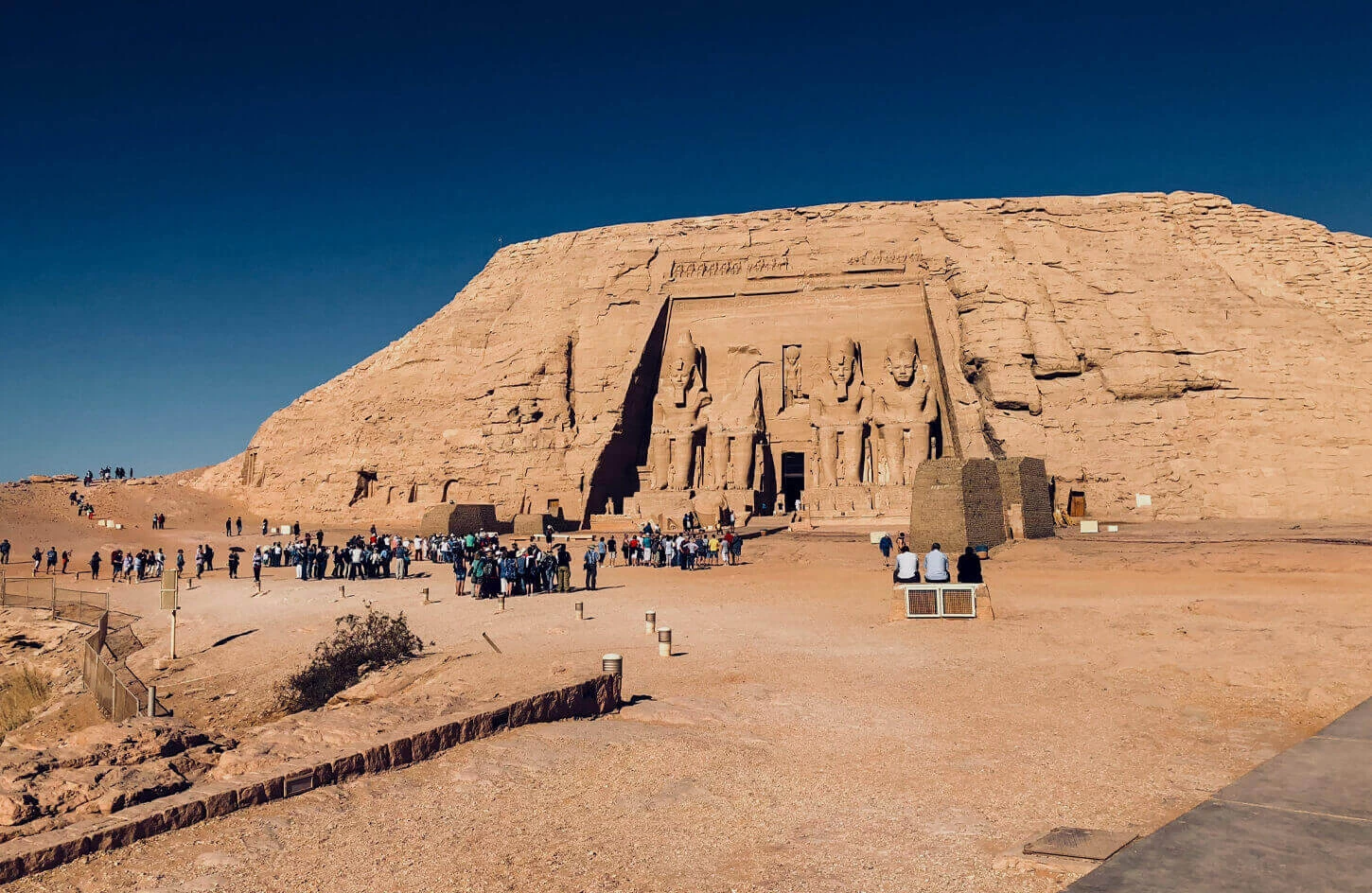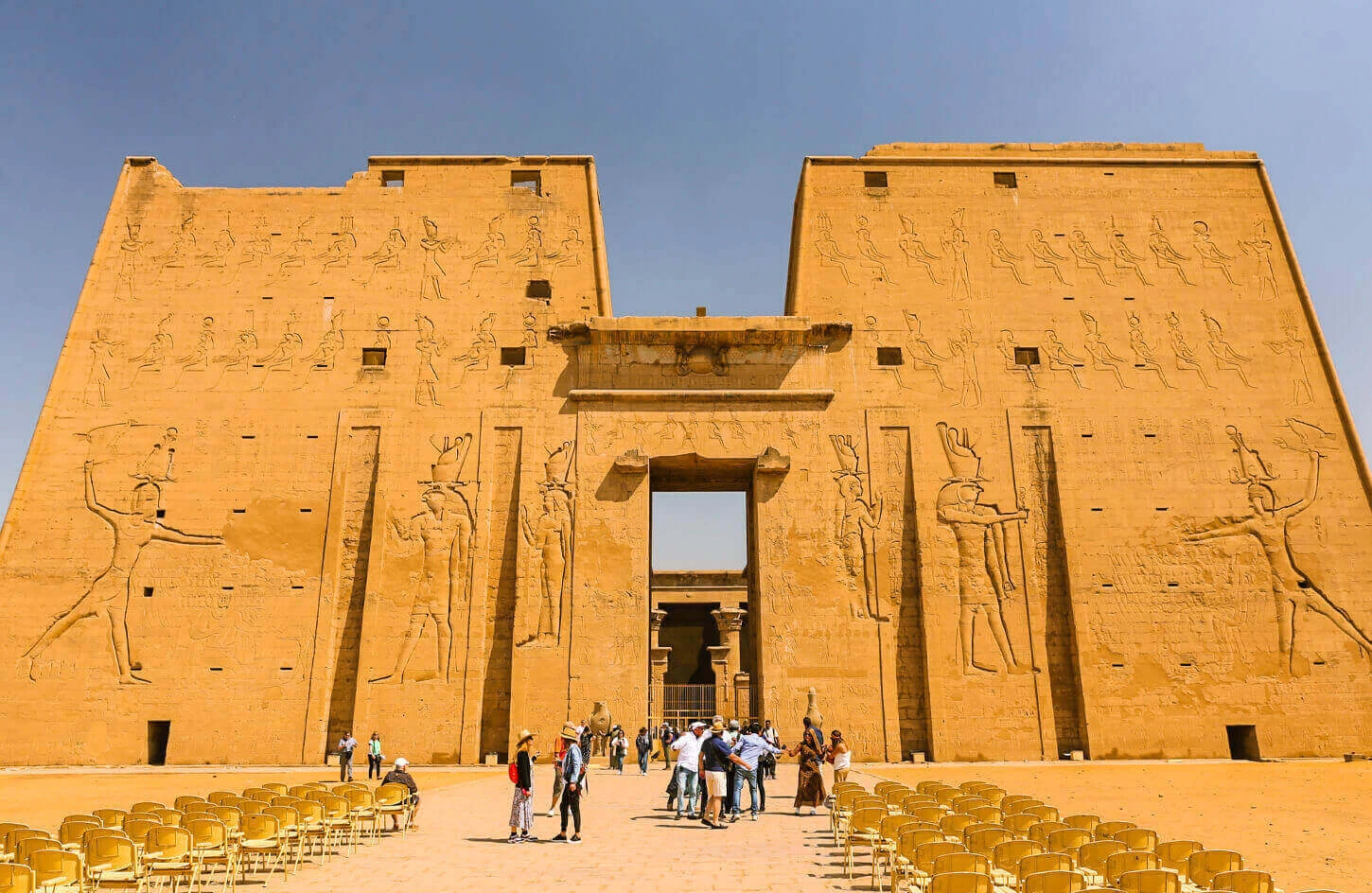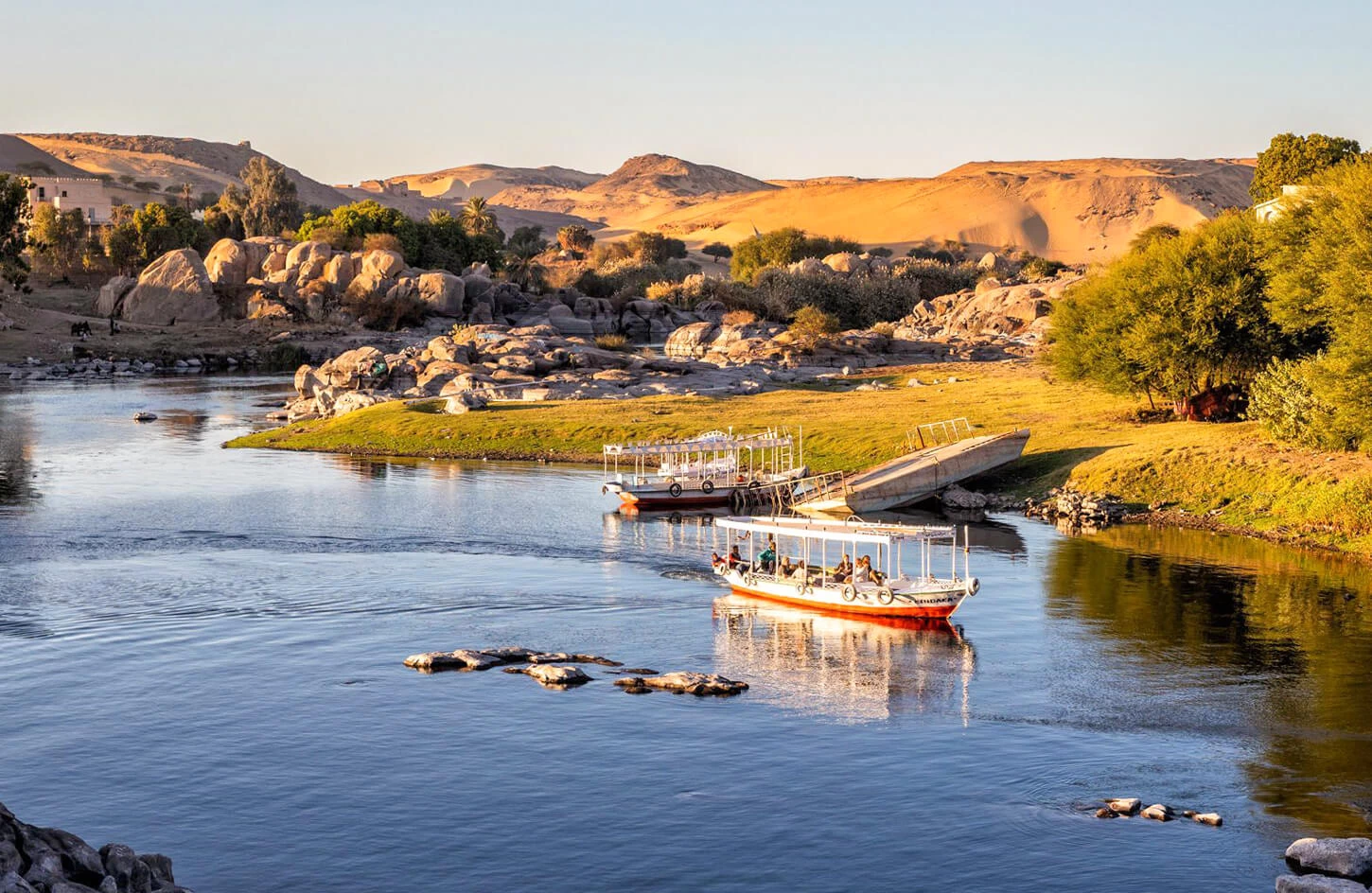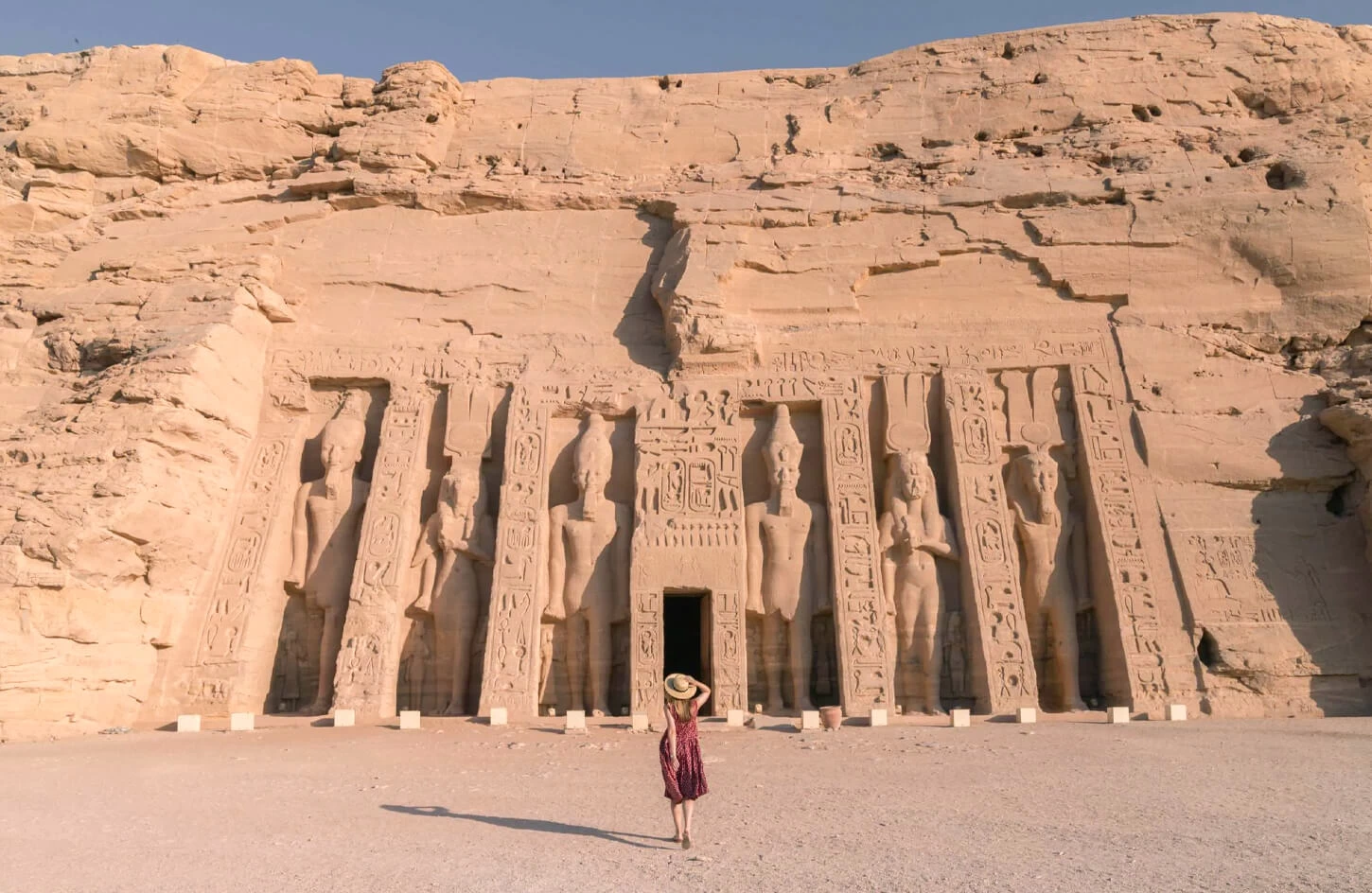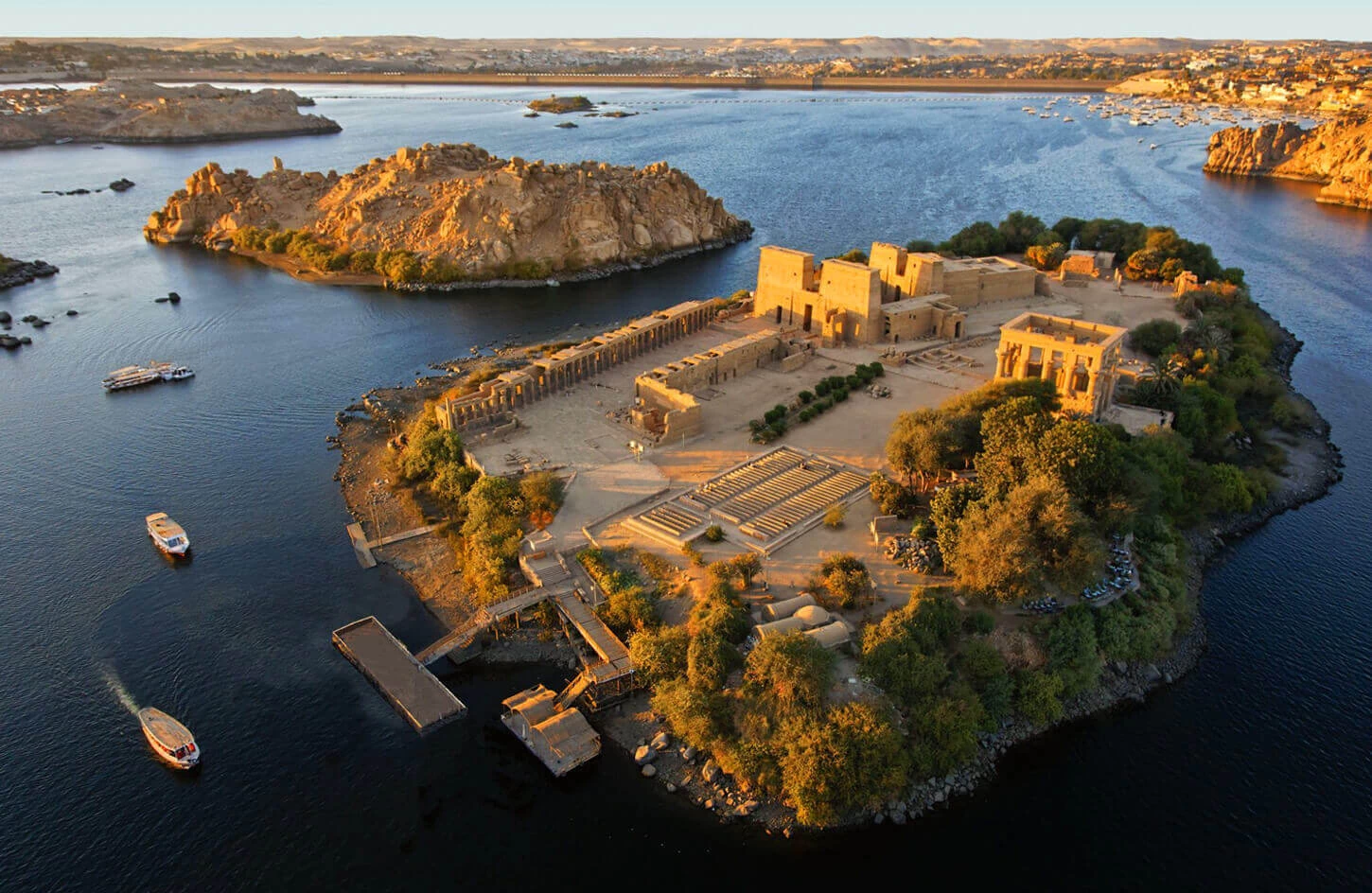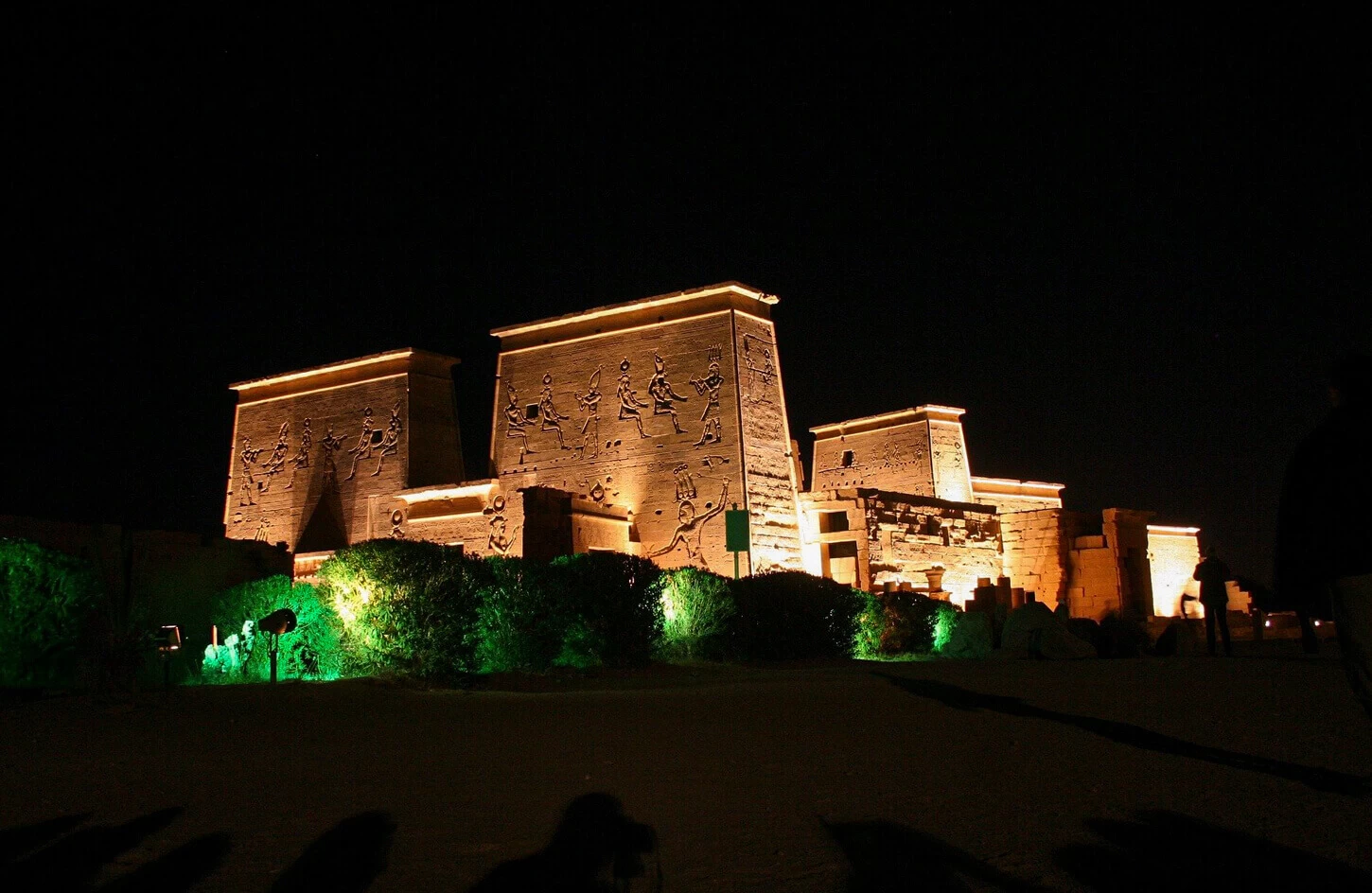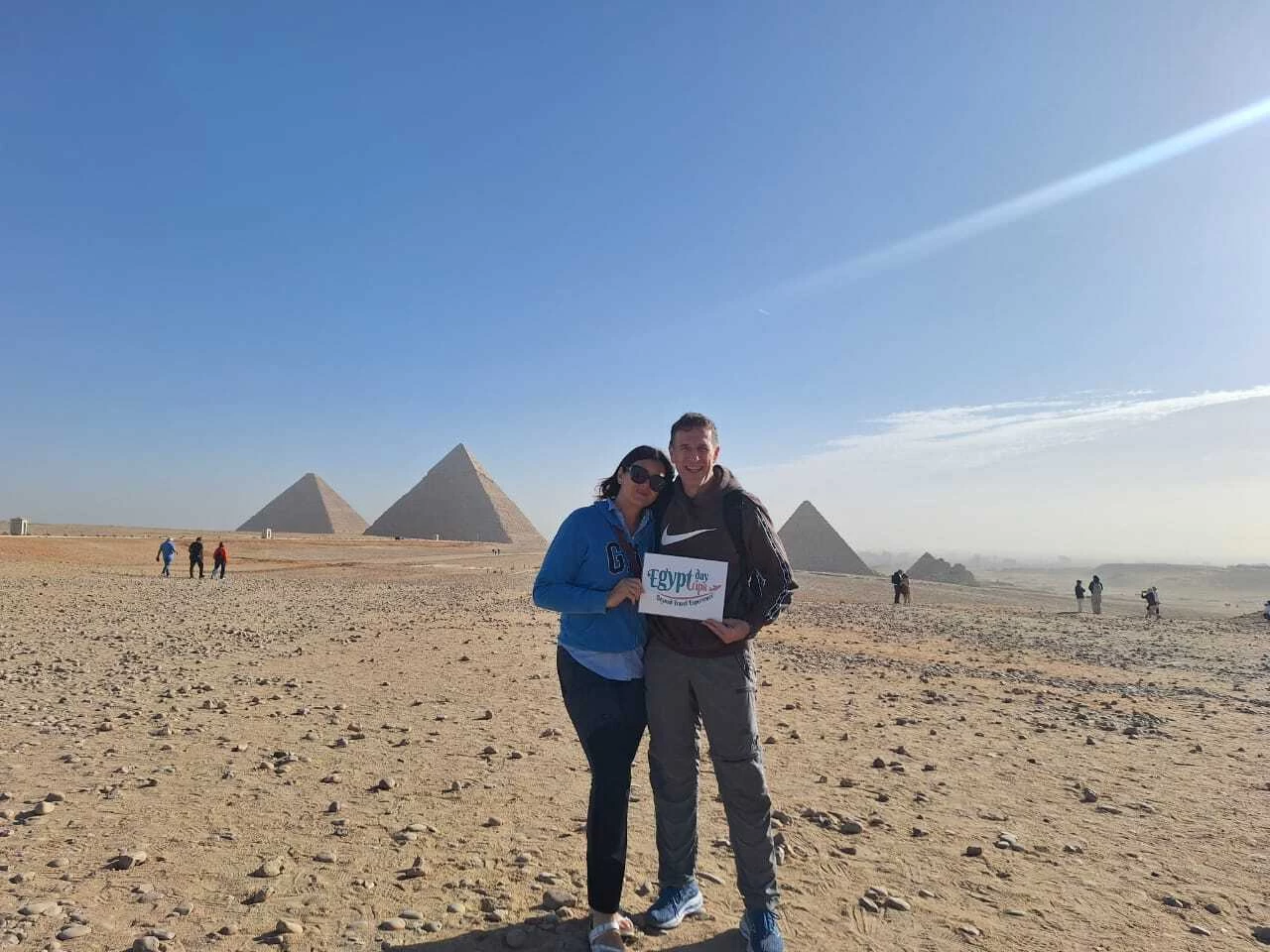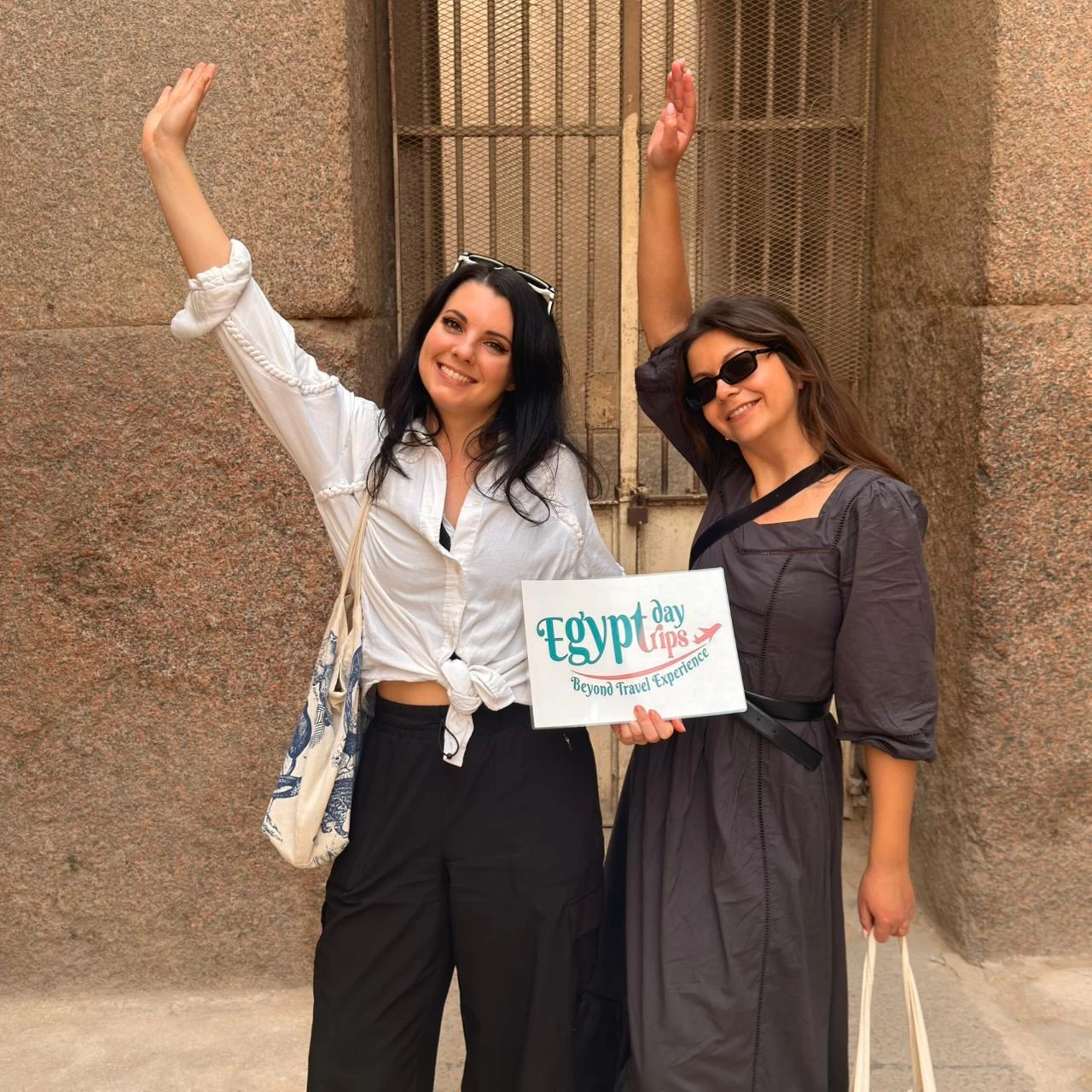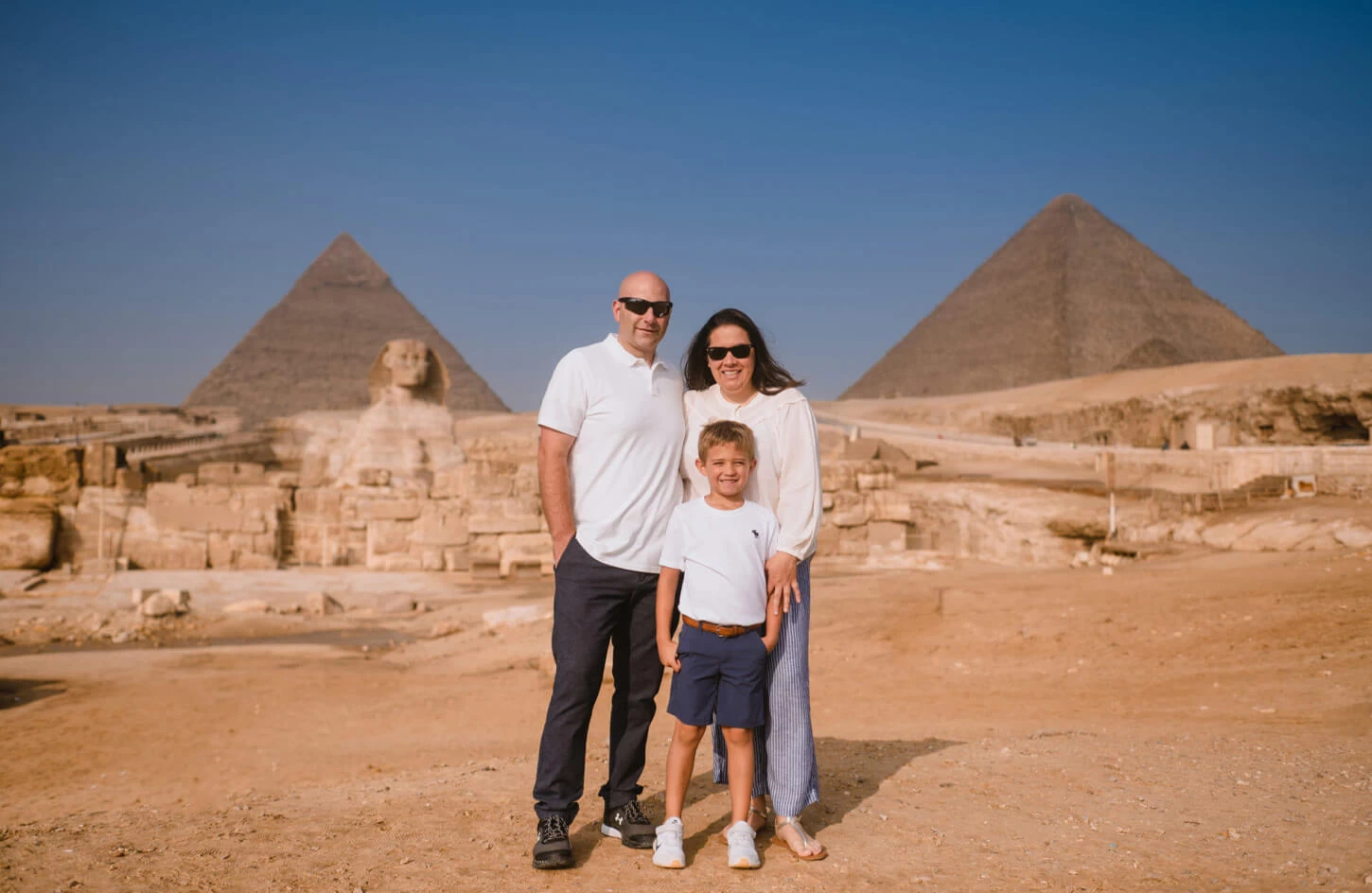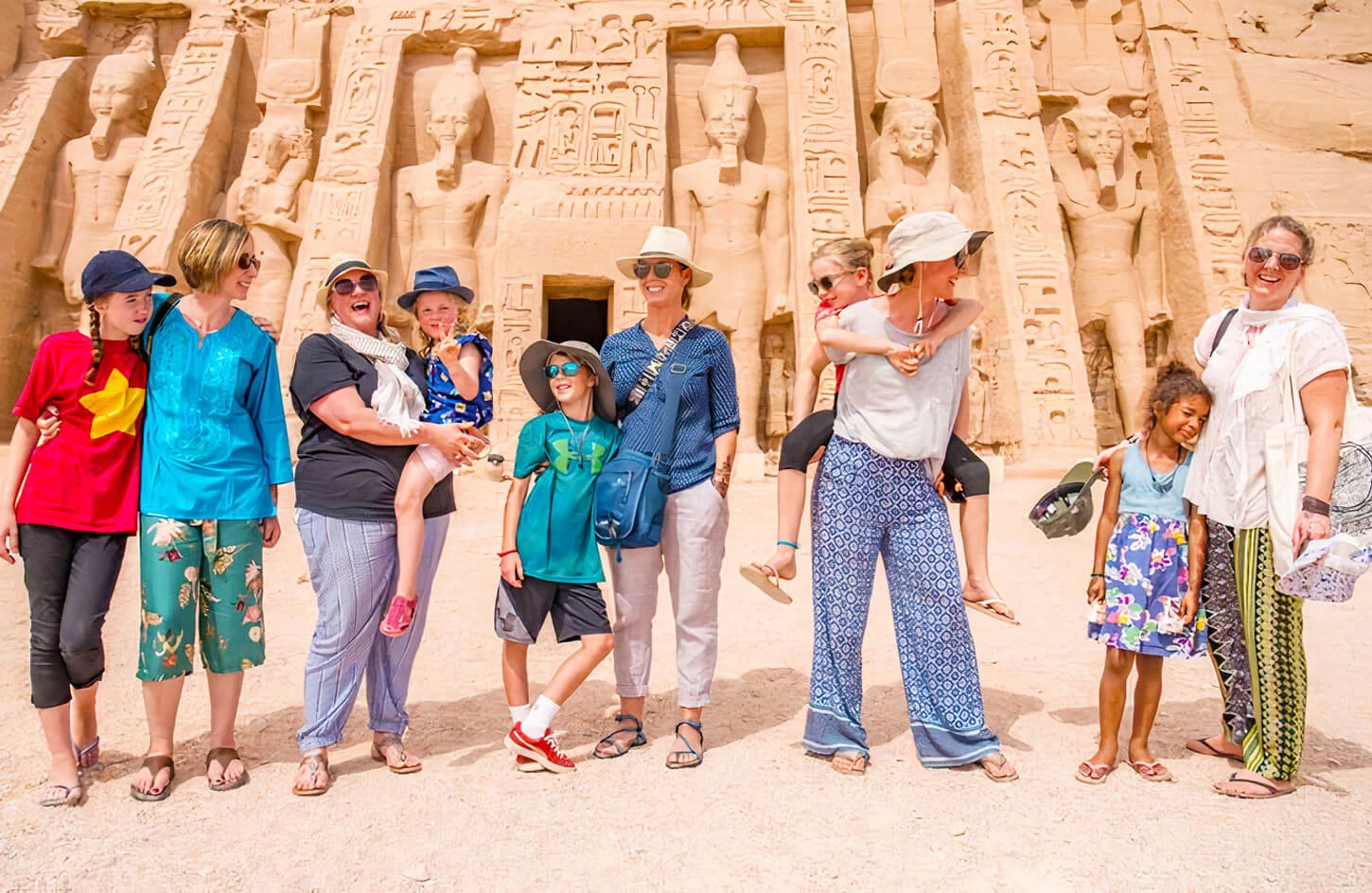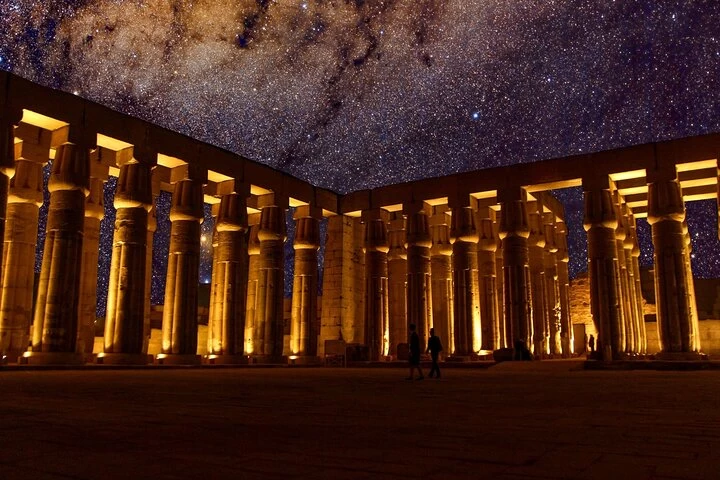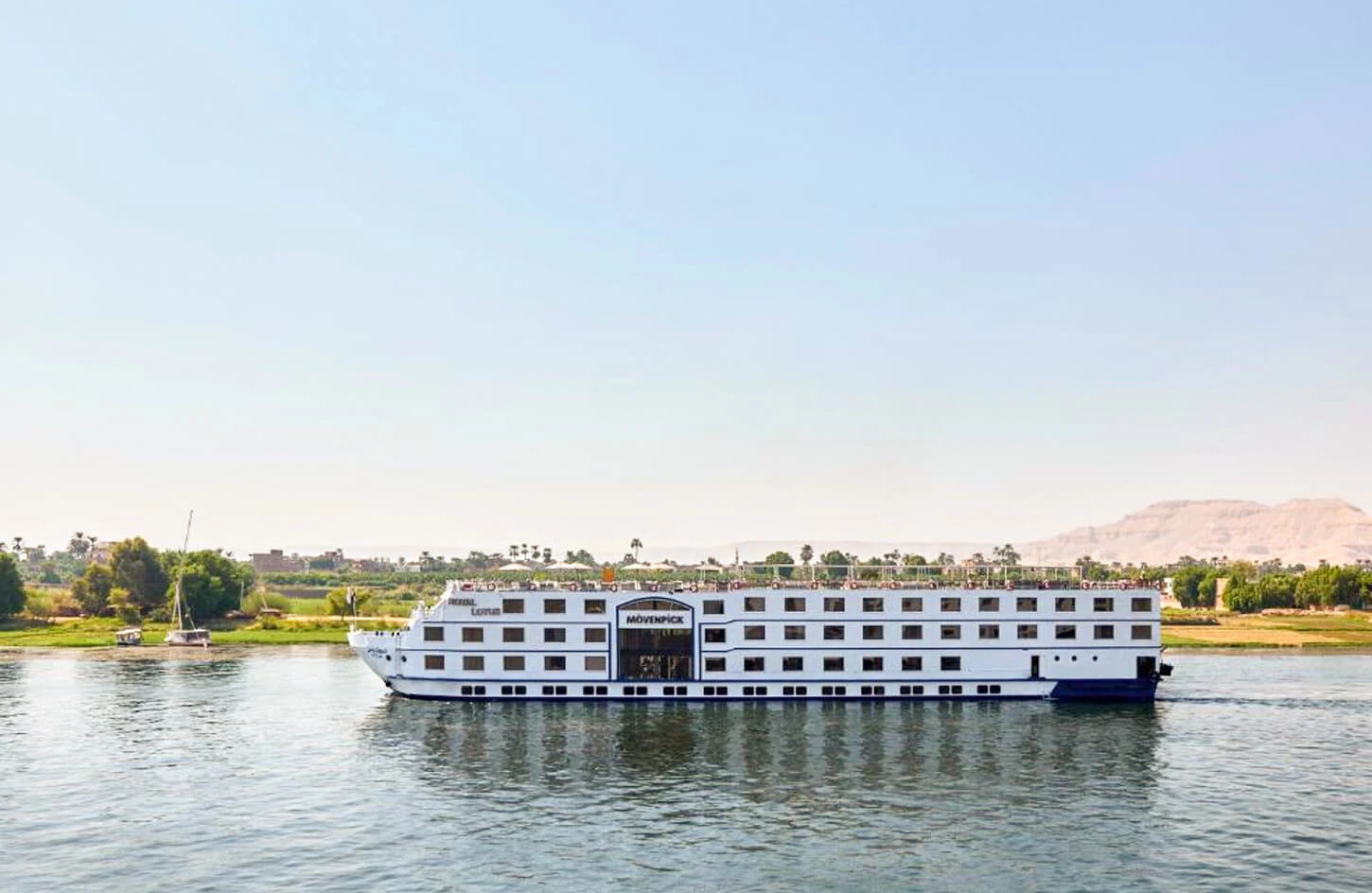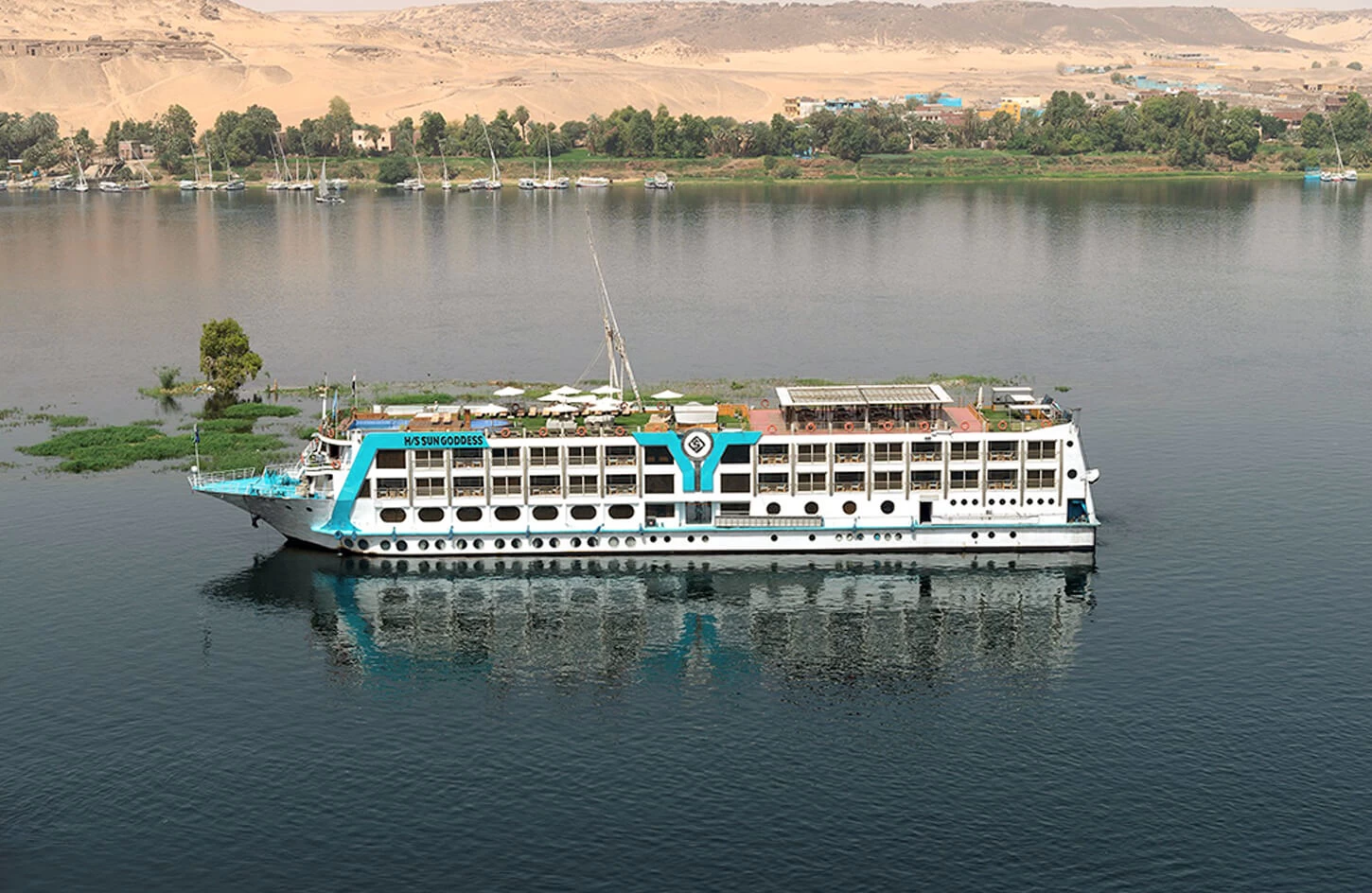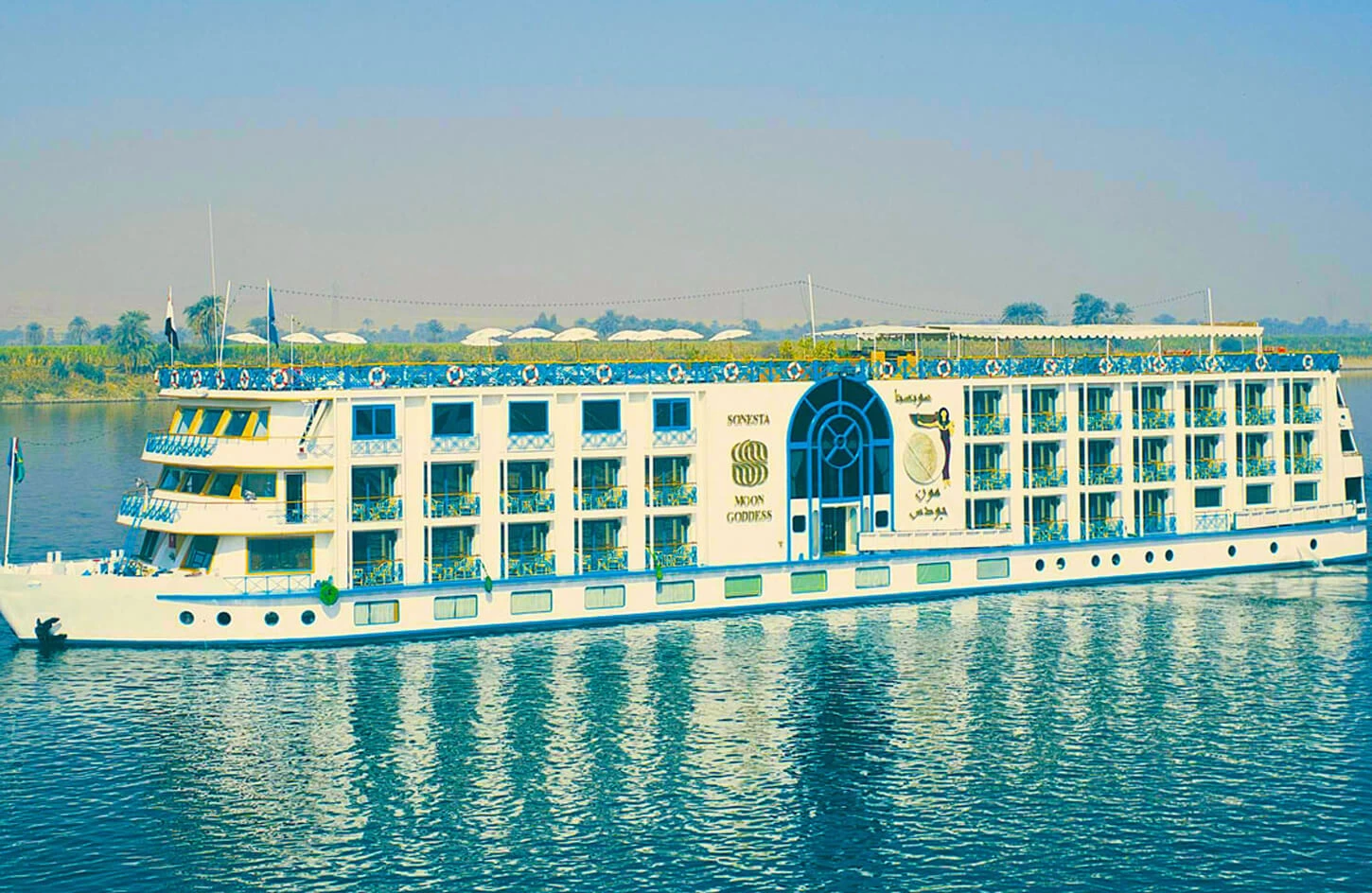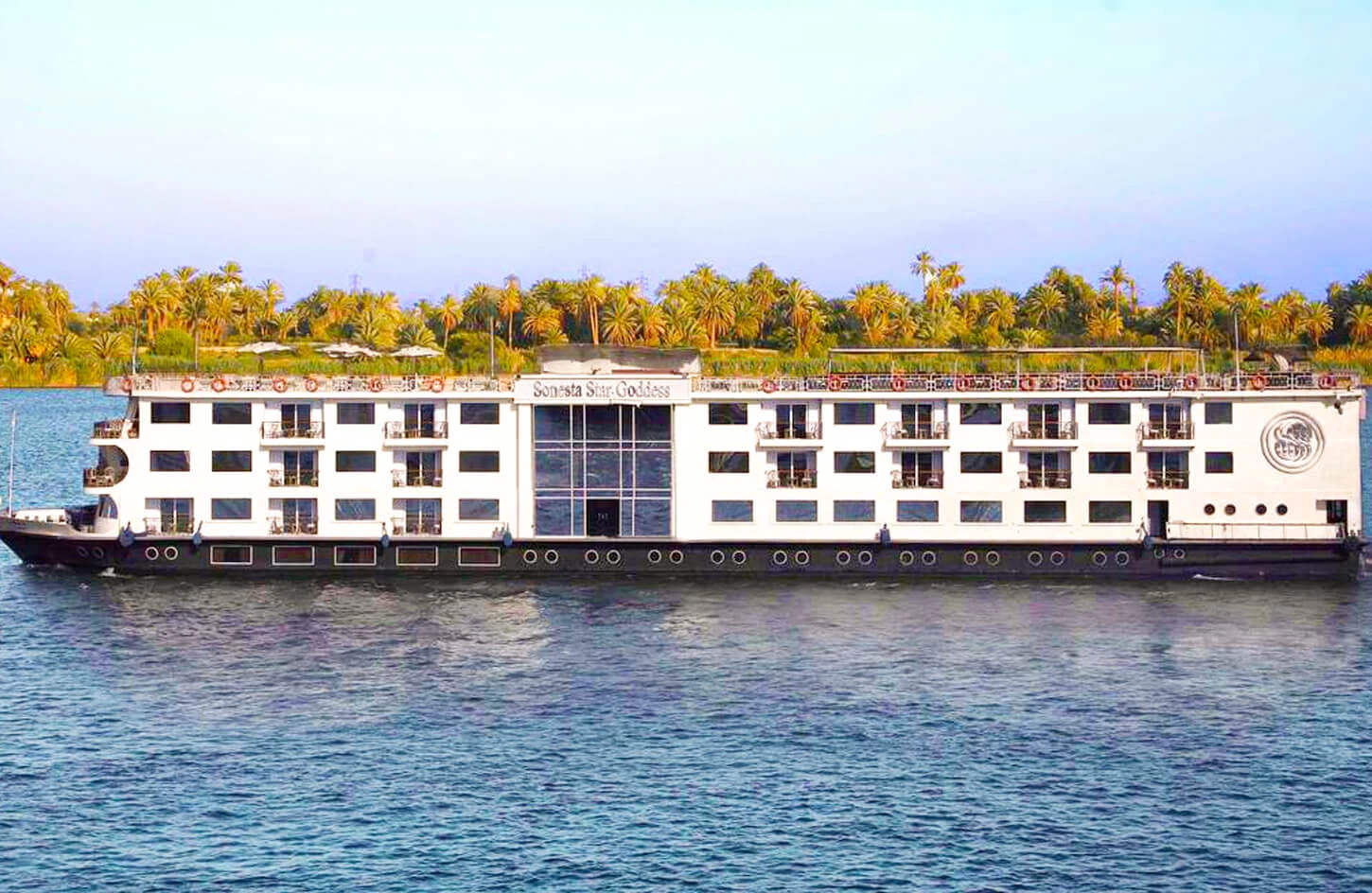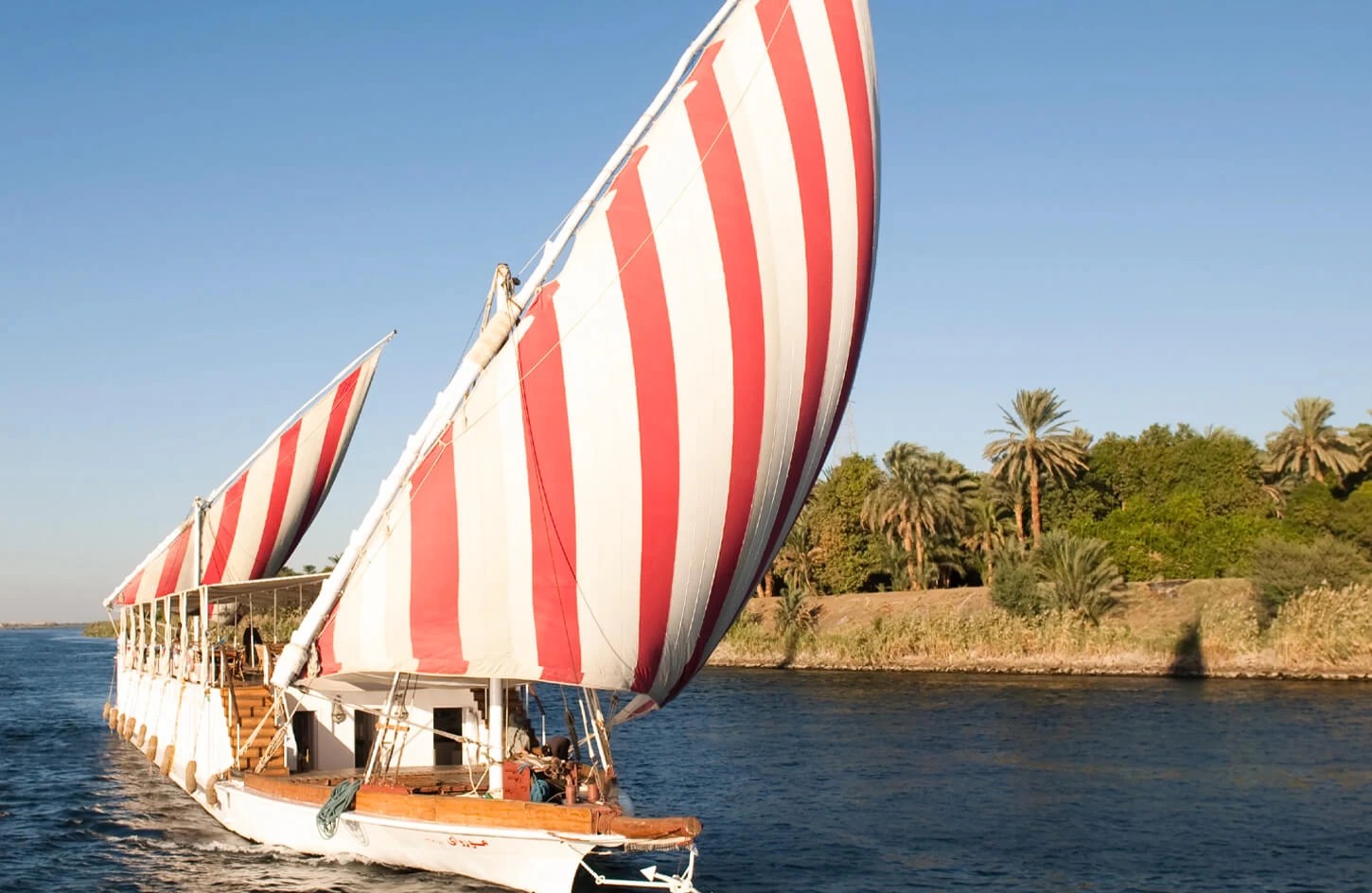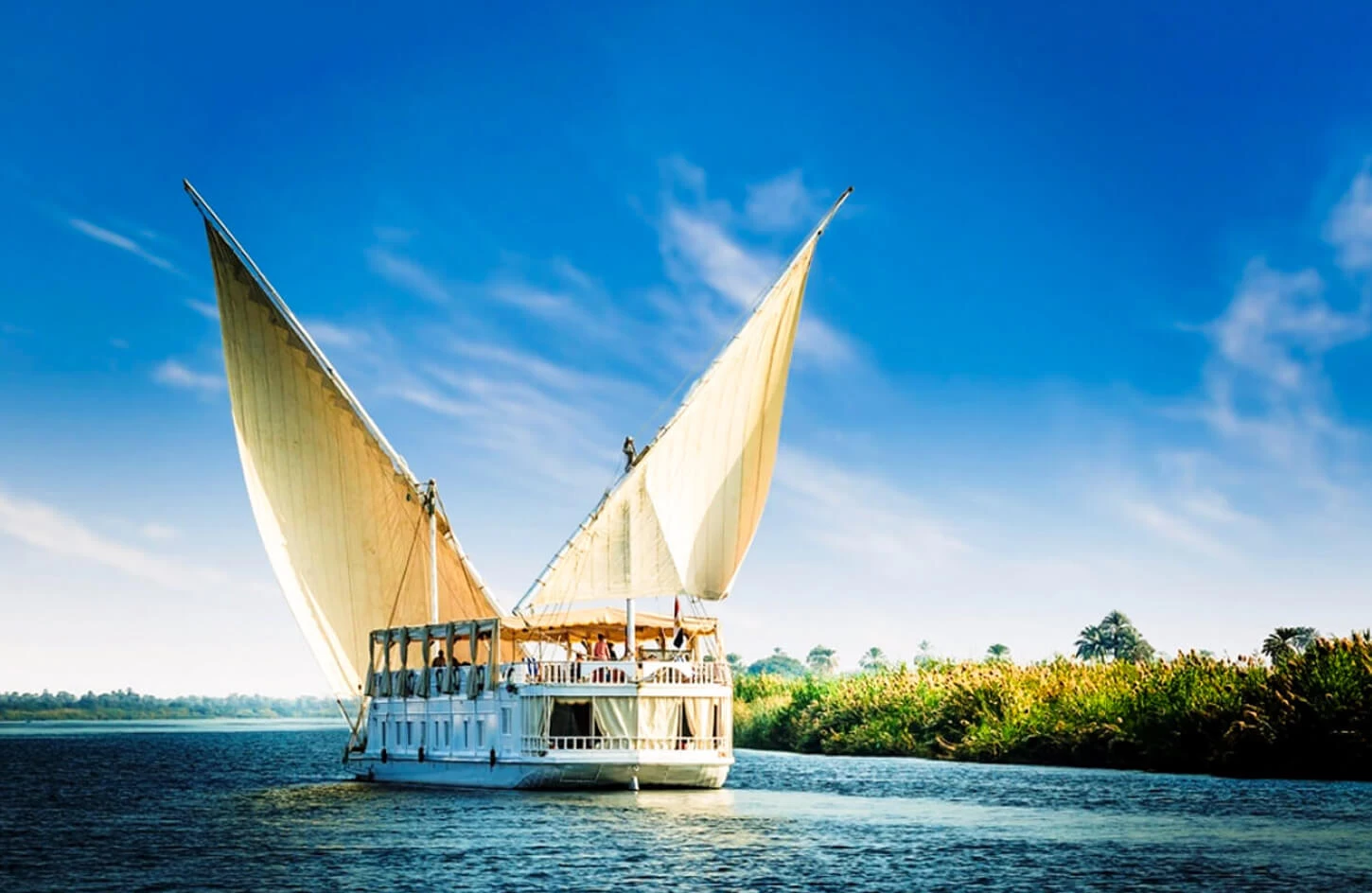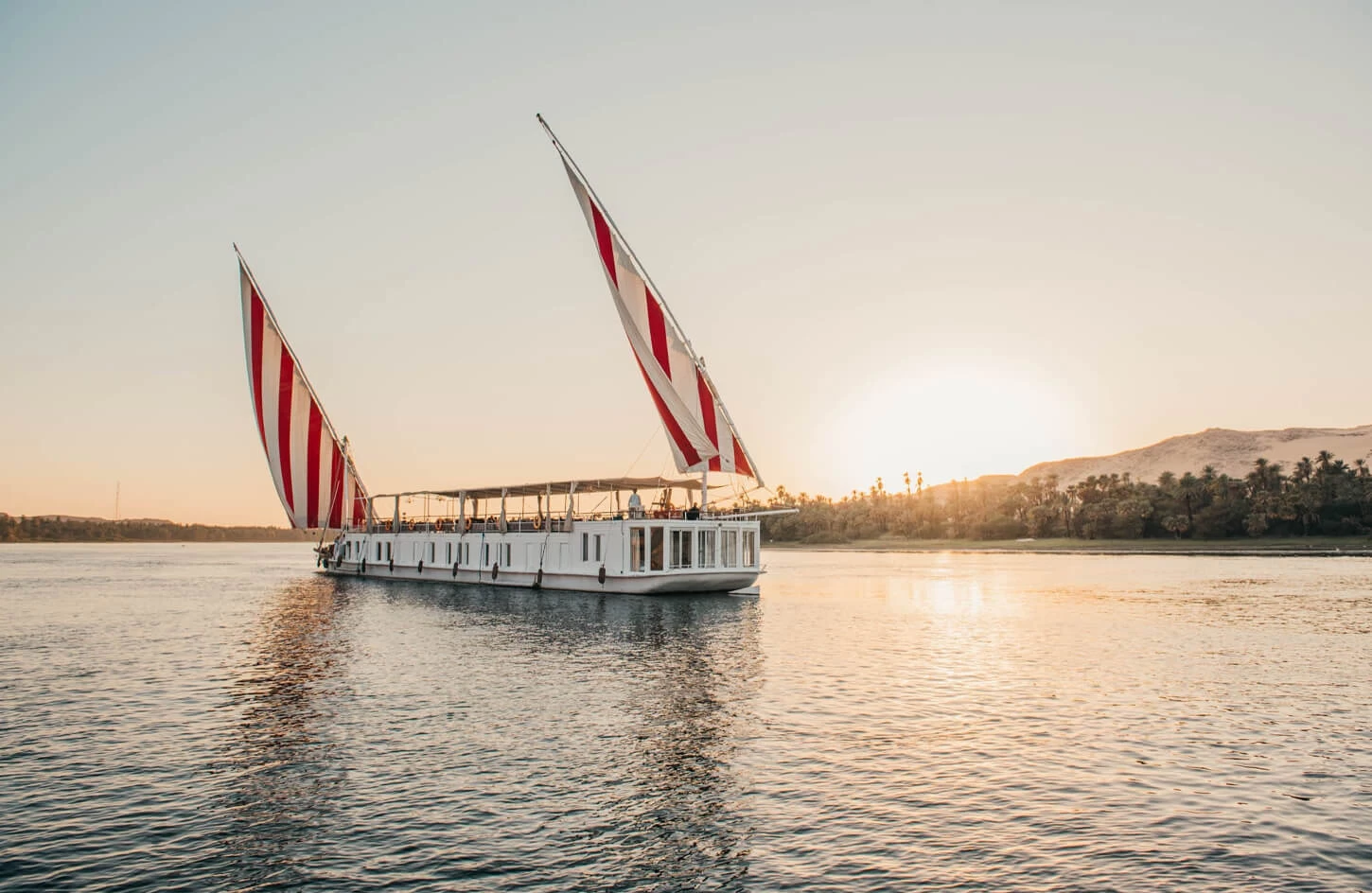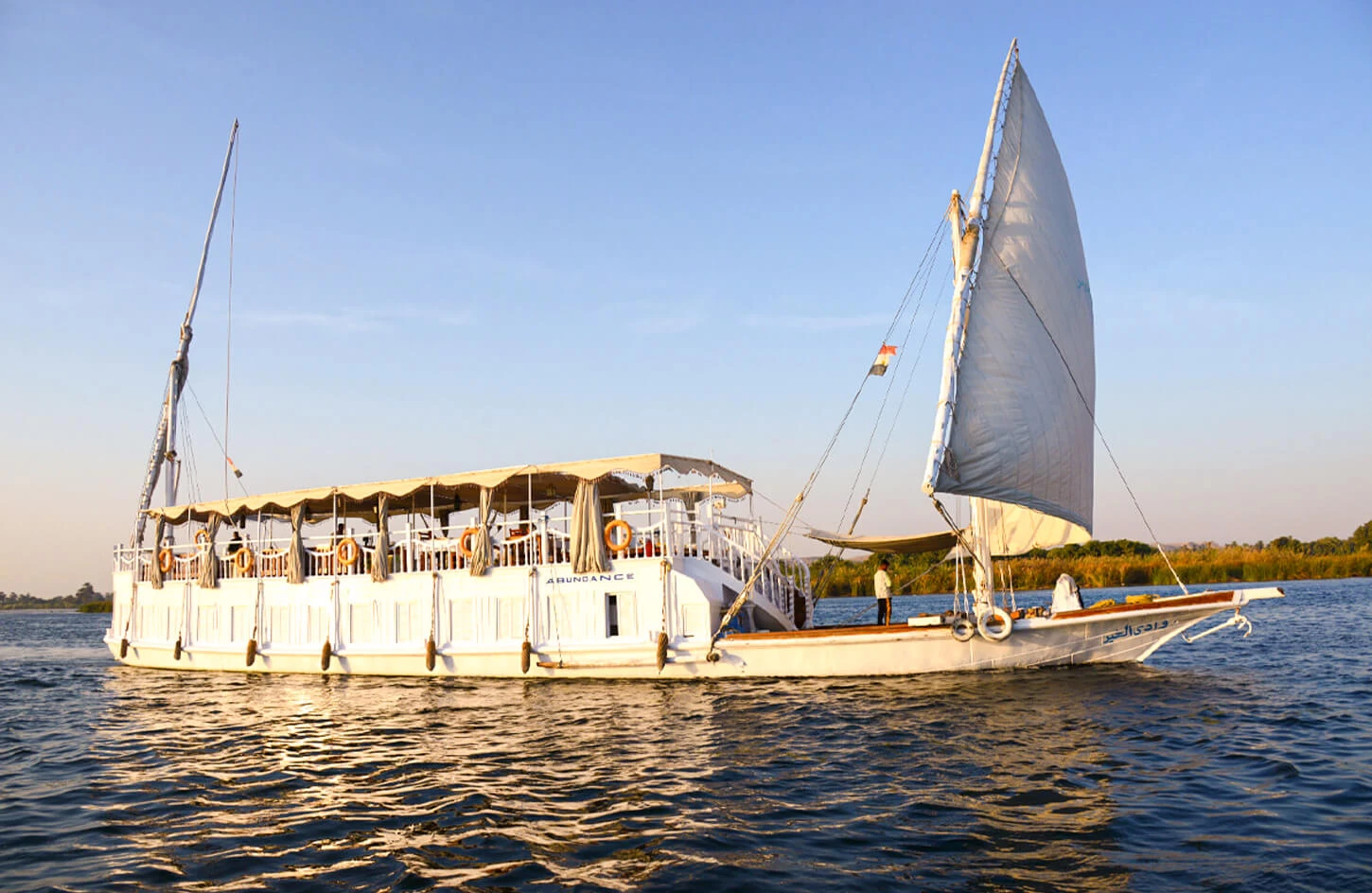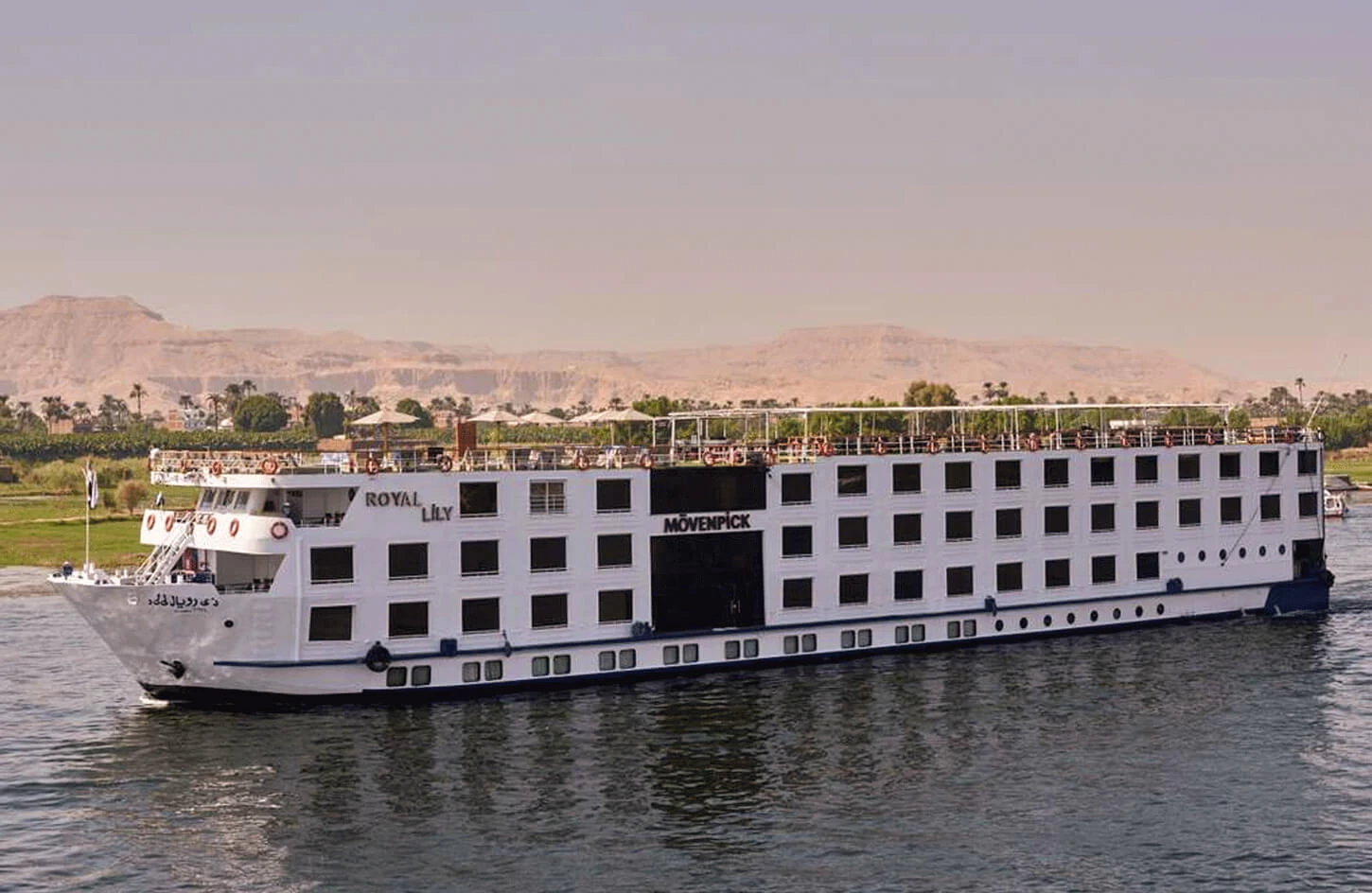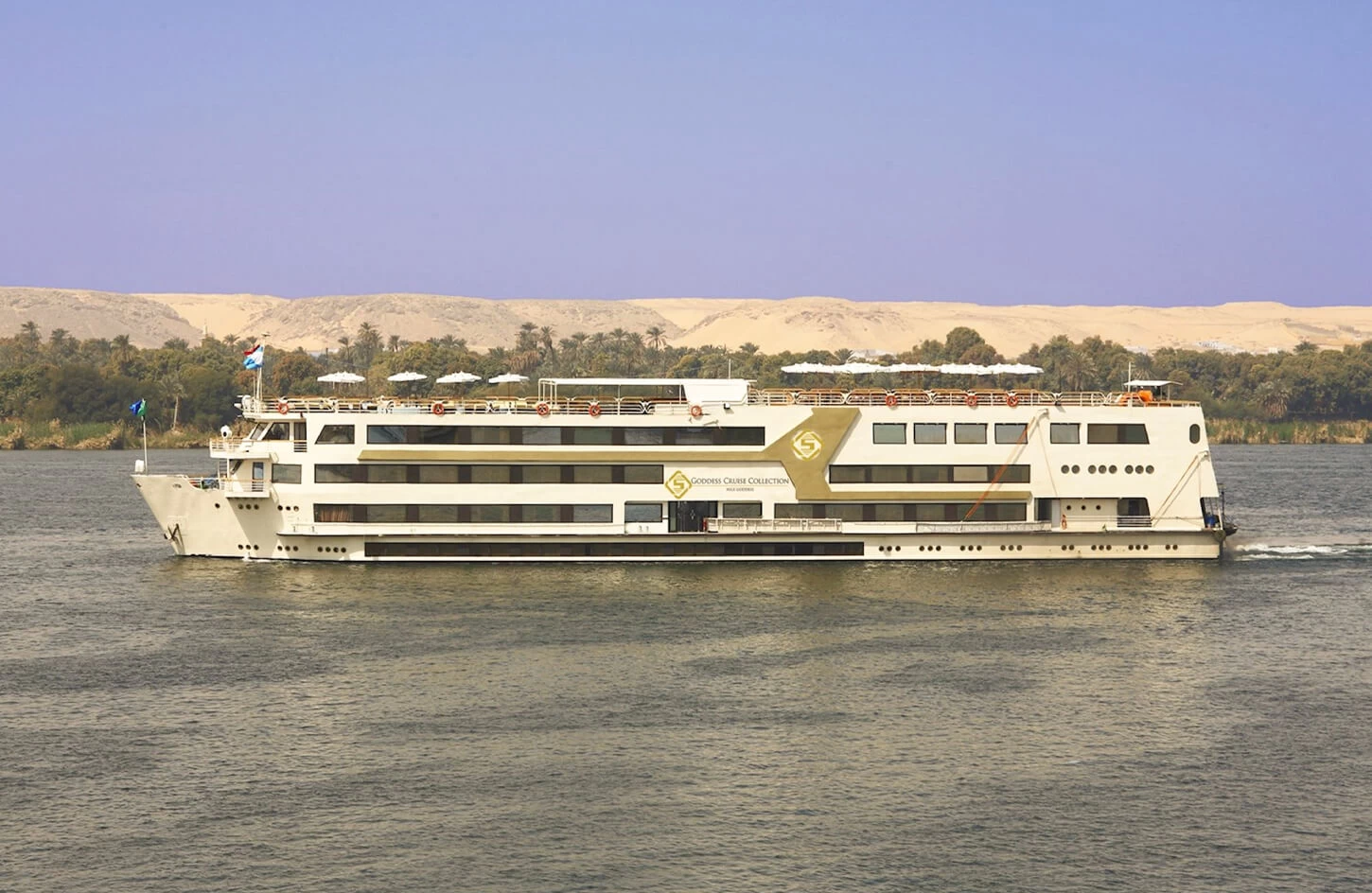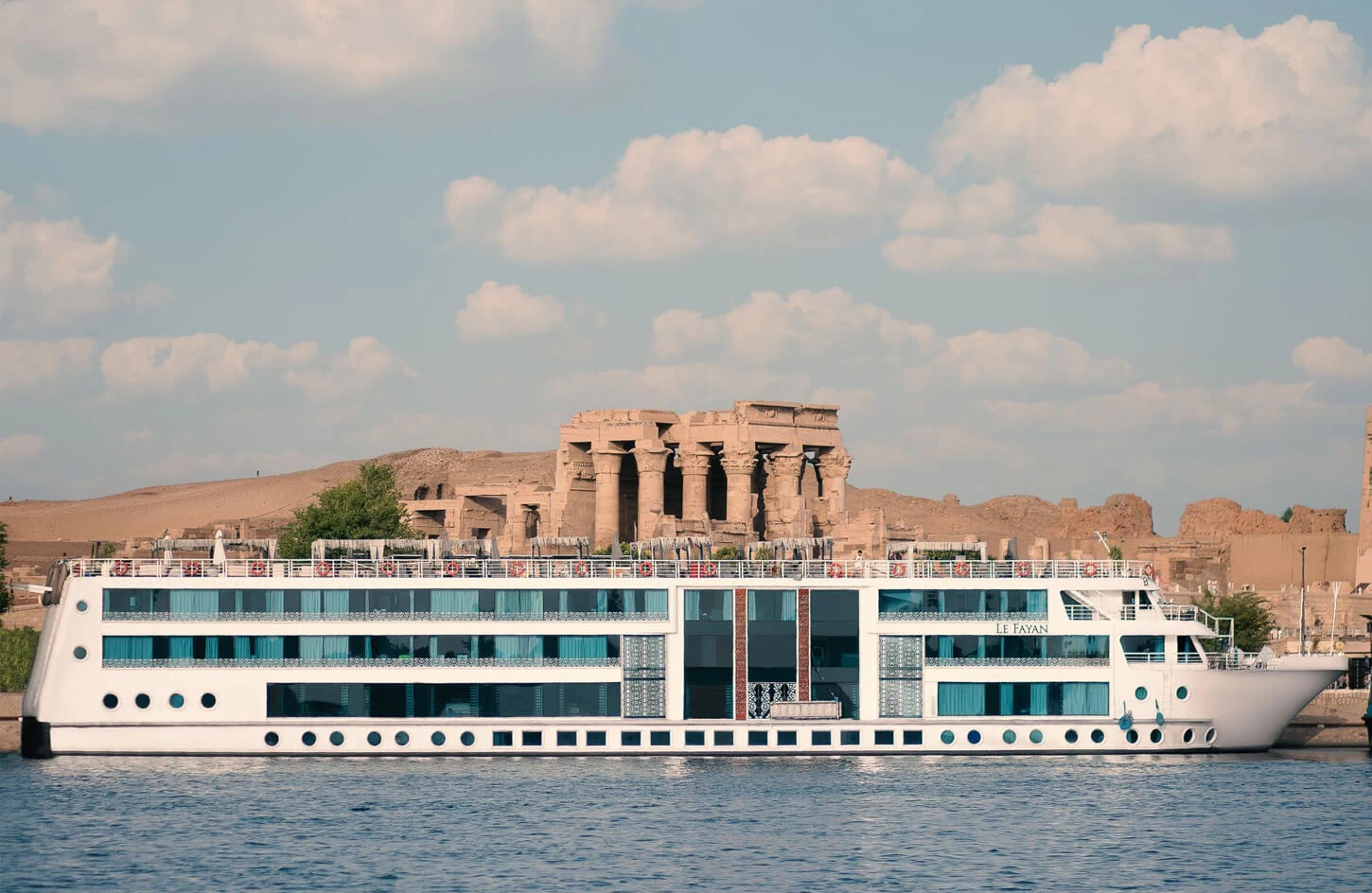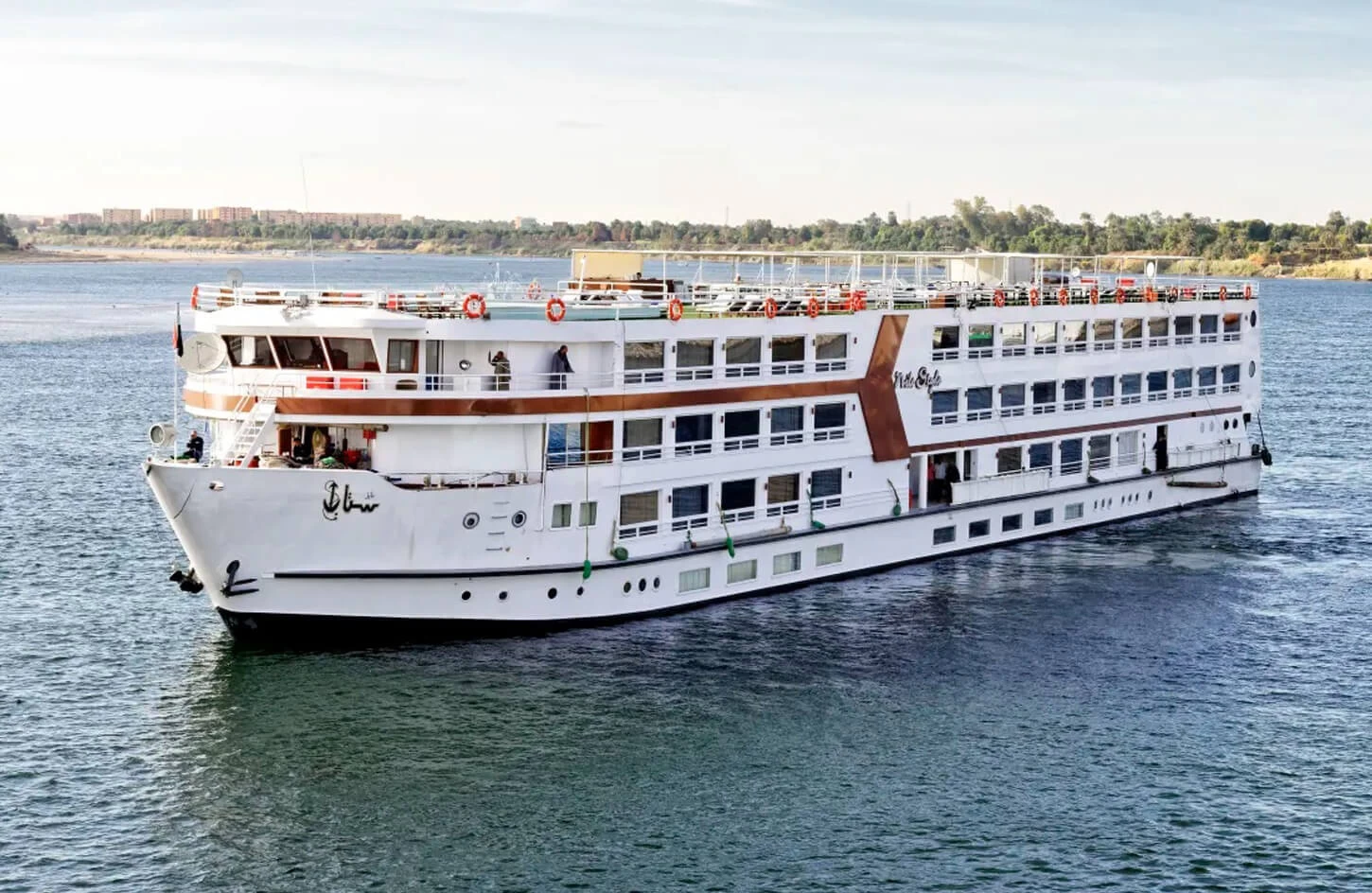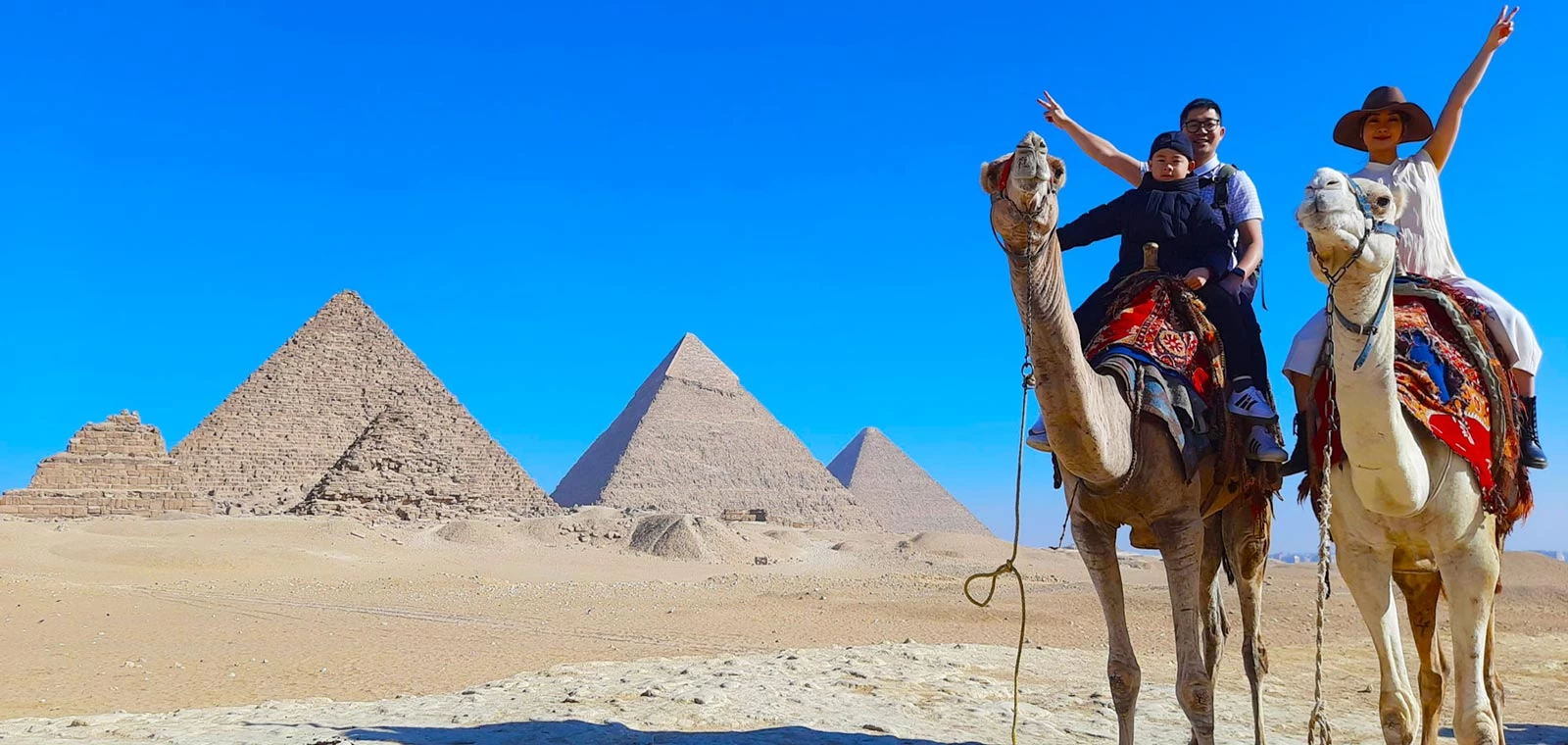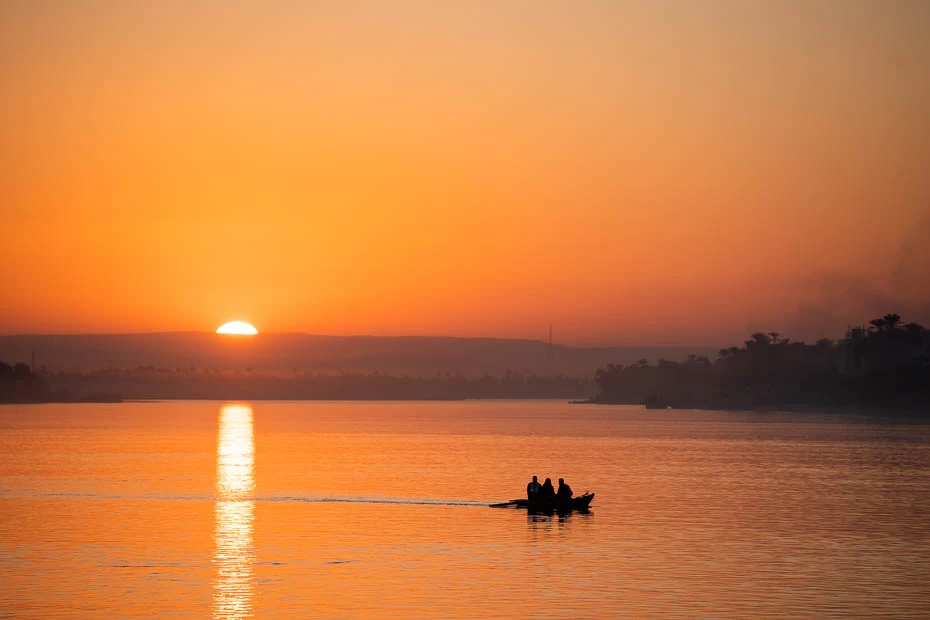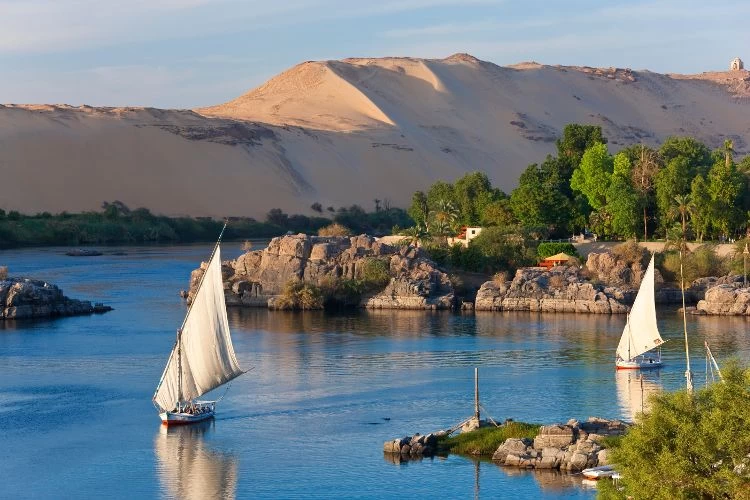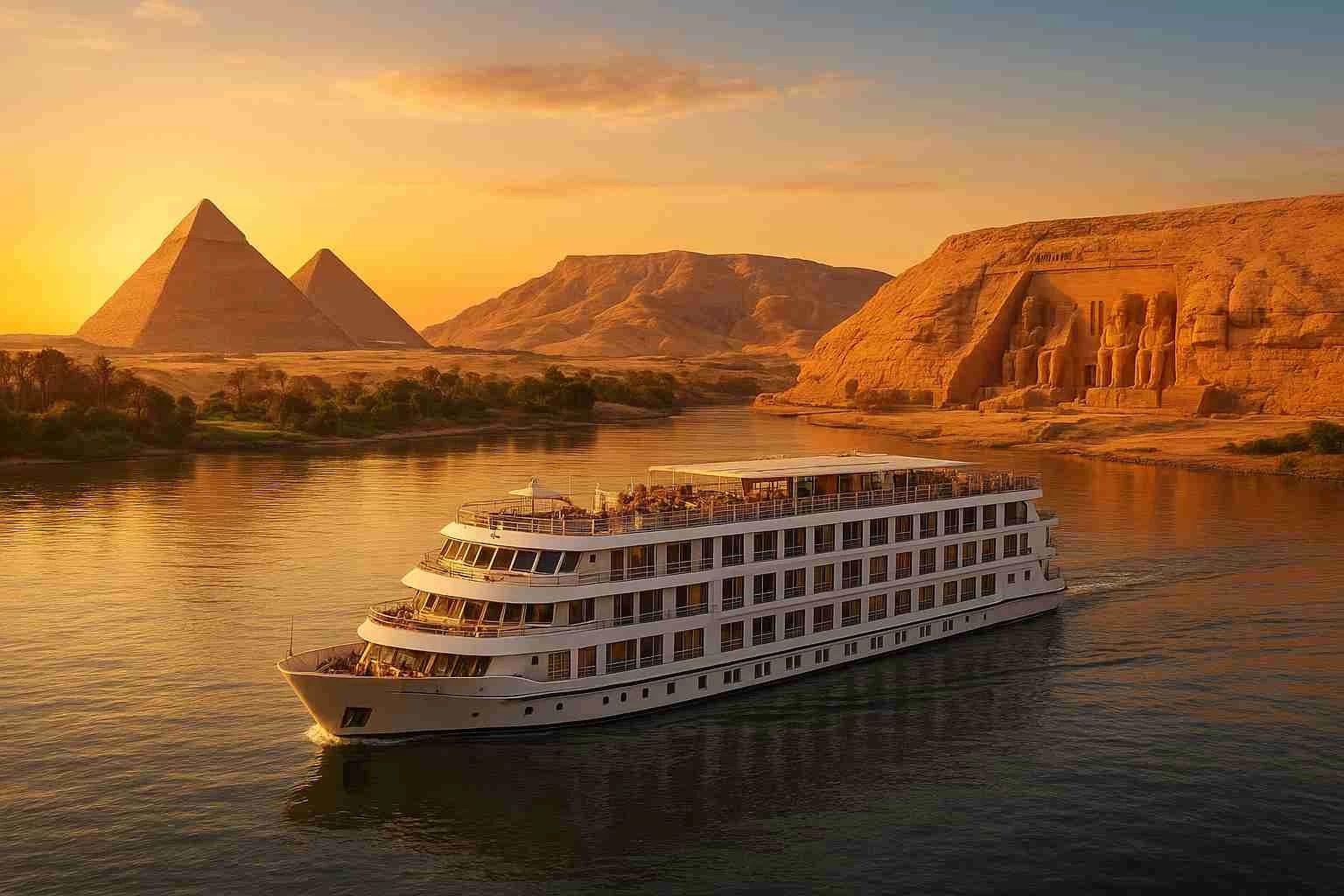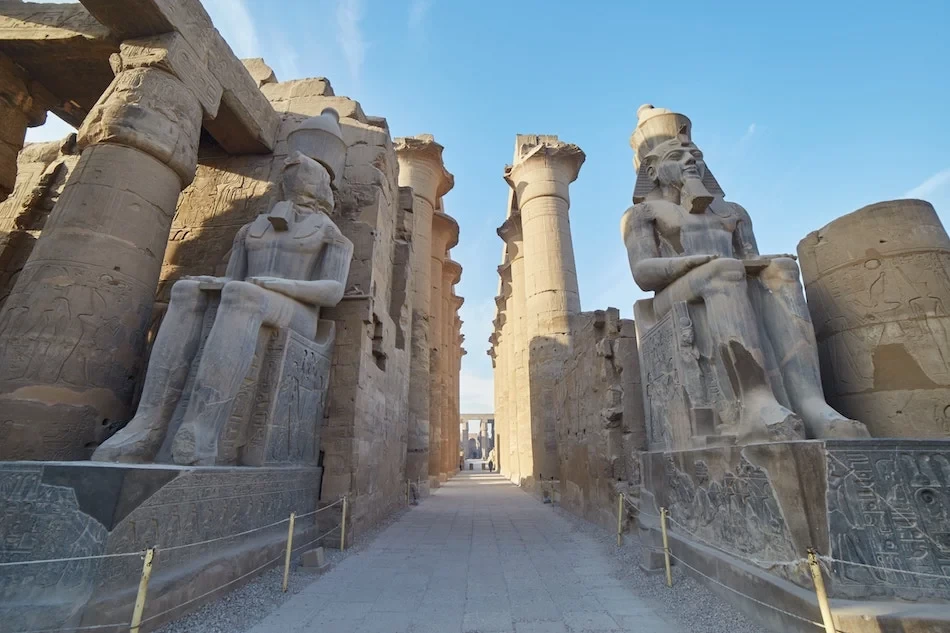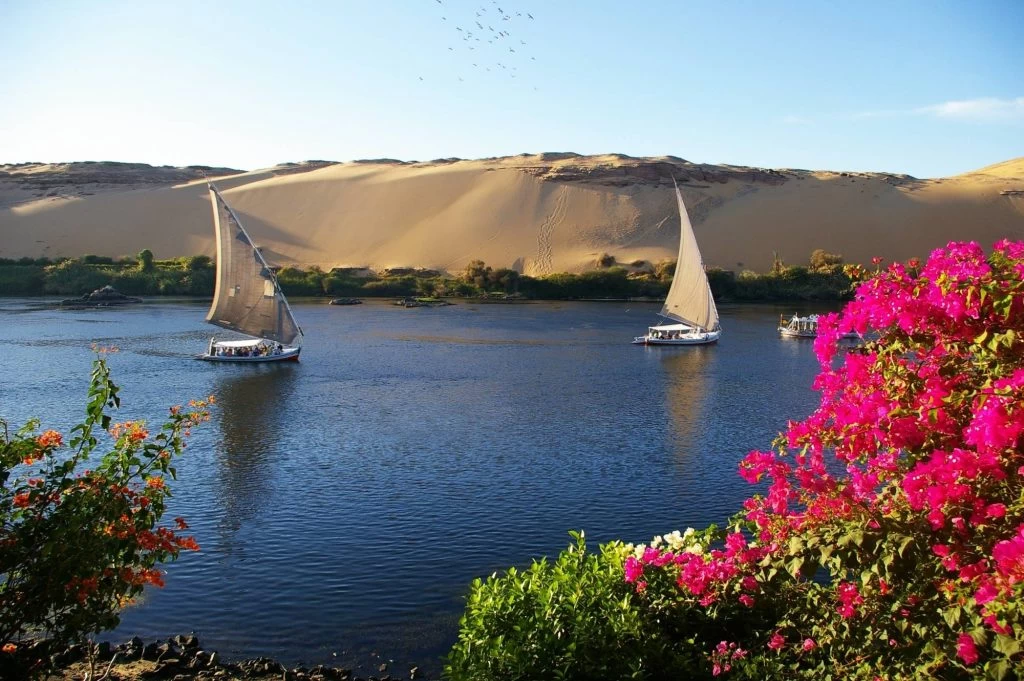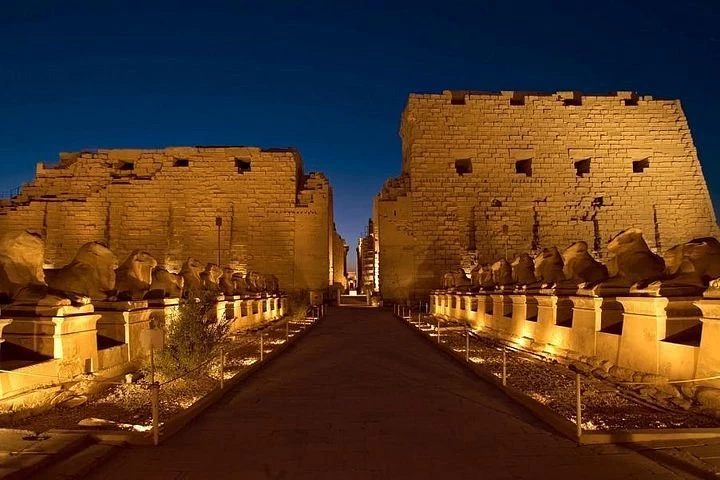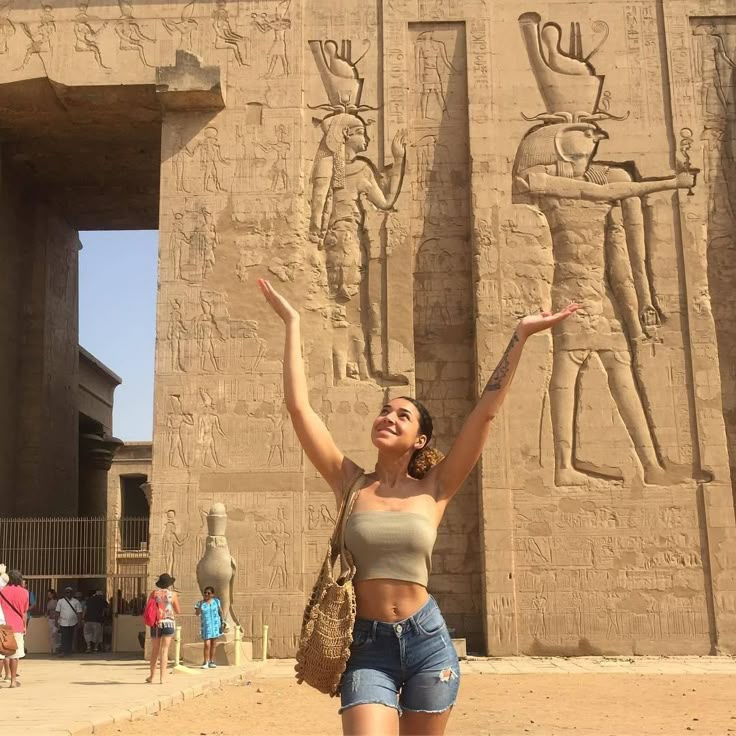Explore Top Things to Do in Aswan
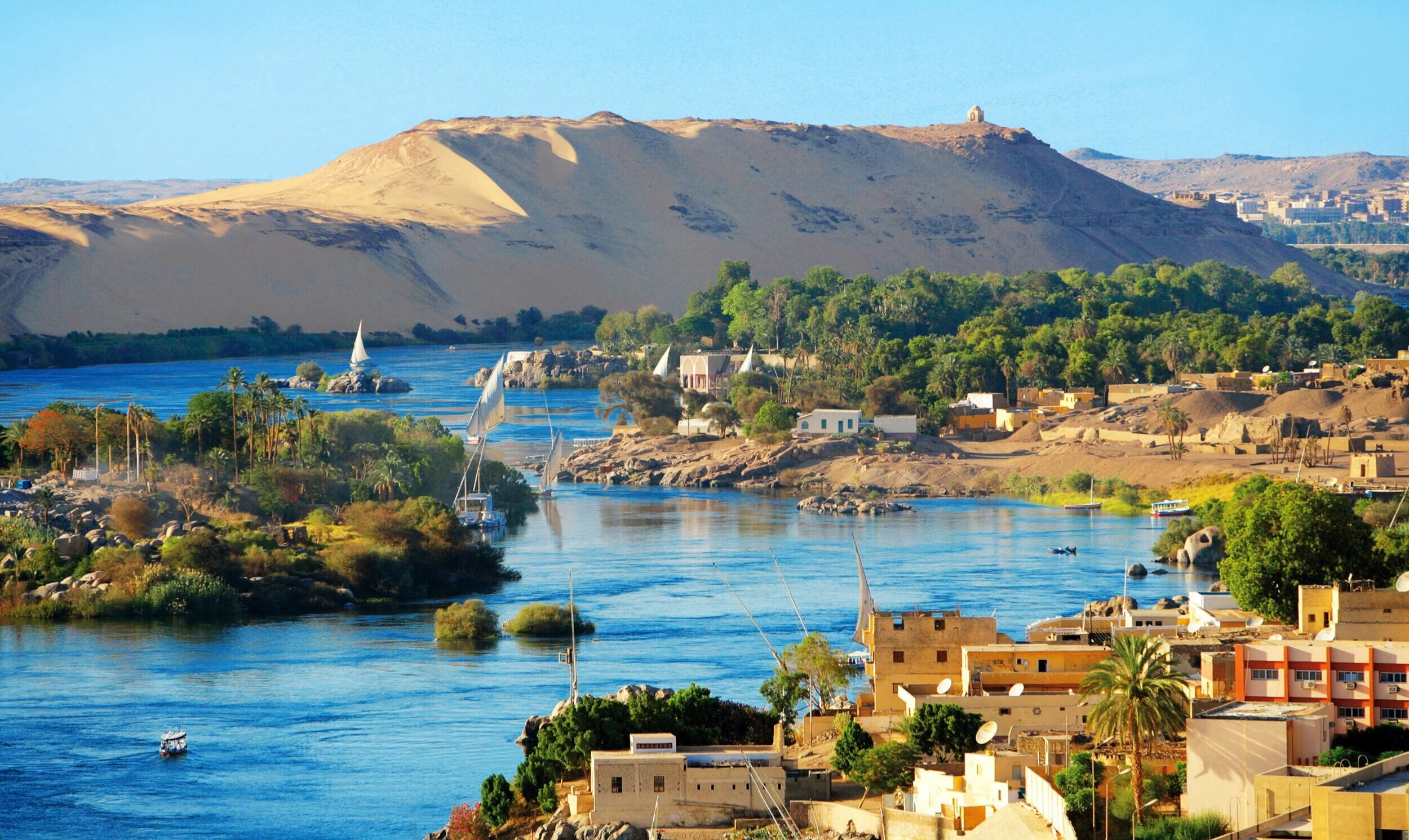
Aswan, where history meets beauty, and the beauty of the Nile reflects the secrets of the ancient past. Discover the magic of this enchanting city, from the temples of Philae to the atmosphere of the Nile. Aswan Sightseeing and Top Things to do in Aswan make it your ideal destination for an unforgettable tourist experience.
Looking for a unique adventure?
Aswan is waiting for you to experience its vibrant history and breathtaking beauty. In this guide, we'll take you on a tour of Aswan's distinctive activities and monuments.
Aswan's geography and history
Aswan Governorate in southern Egypt is one of the most important governorates in the Egyptian Republic, as it is famous for its distinctive location on the banks of the Nile River and the picturesque views it enjoys and the distinctive archaeological sites on its land. It is also a popular destination for Aswan sightseeing and Aswan tours that highlight the rich history of the region. Many tourist attractions in Aswan, such as Abu Simbel Temple, the Aswan Philae temple, and the famous sound and light show Philae temple, attract visitors from around the world. It is also ideal for the best time to visit Aswan during the cooler months, when many travelers enjoy the top things to do in Aswan, including an Aswan to Abu Simbel day trip. Aswan was called (Sonu), meaning (market), since it was a large commercial center for many commercial caravans.
Weather in Aswan
The winter season in the governorate is characterized by short and cold, and the summer is characterized by heat and dryness, as clarity prevails over the atmosphere of the governorate throughout the year, and temperatures in Aswan range from 10 degrees Celsius to 42 degrees Celsius, and studies have proven that the hottest month in the governorate throughout the year is July, and the coldest month is January, and it is worth noting that the period between late March to early May and late September to mid-November are the best days to visit the governorate, where the weather is pleasant and suitable for outdoor tourism activities.
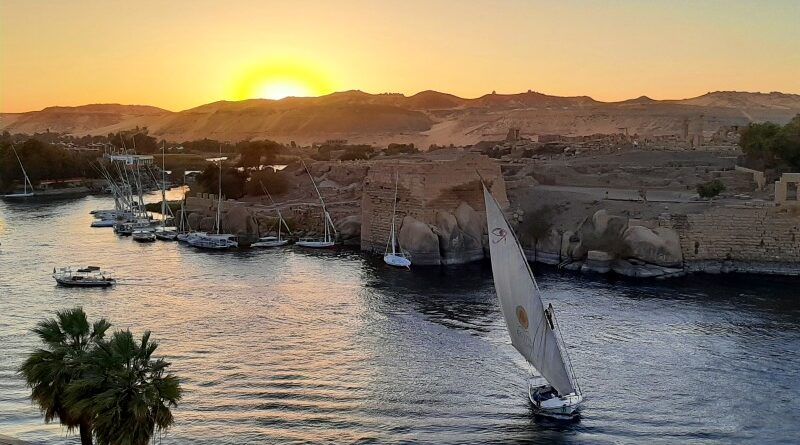
The best tourist places in Aswan
The Aga Khan Mausoleum:
is a hidden gem located on the west bank of the Nile opposite Aswan. It is the burial place of Sir Sultan Muhammad Shah Aga Khan III, who was the spiritual leader of the Ismaili sect of Shia Muslims. The mausoleum combines elements of Fatimid architecture with modern styles and is set in a beautiful garden. It is a peaceful and spiritual place to visit.
Anba Samaan Monastery:
is another hidden gem located about 10 kilometers north of Aswan. It was first built in the 7th century and is dedicated to the 3rd-century saint St. Simeon. It has a magnificent basilica church and two ancient pyramids in the Nubian style. The monastery is located in a desert valley and has a great view of the Tomb of the Nobles. Visiting this lesser-known monastery allows you to explore the history and culture of early Christian Egypt.
Kobit el Hawa:
is an ancient burial site located on the west bank of the Nile River opposite Aswan. It houses the tombs of local rulers and nobles from the Old and Middle Kingdoms. The tombs are cut into the hills and feature stunning paintings. Cubit offers a glimpse into the Egyptian history and afterlife beliefs of the ancient Egyptians. It is an offbeat site that rewards those looking to go beyond the main tourist attractions.
Top Things to Do in Aswan
1. Nubian People's Tour
This city offers a tour to visit the Nubian people, where you can enjoy seeing their colorful houses and squares and explore their cultures and traditions that differ from the rest of Egypt, and you can also see small and large crocodiles in their homes.
2. Nile Cruise Tour
The Nile Cruise Tour is the best way to explore Upper Egypt, starting from Aswan cruises by navigation and spending 3 nights on the Nile River between the giant archaeological sites of Luxor and Aswan and walking on foot through Kom Ombo and Edfu.
3. Sound and light show in Philae
The philae temple sound and light show is one of the most important tourist activities in Aswan, where you will find everything illuminated and come to life, enjoying listening to the myths of Isis and Osiris, as well as the stories of the ancient Egyptians.
4. Sound and light show in Abu Simbel
The sound and light show in Abu Simbel is one of the most important tourist activities in Aswan. This experience is not to be missed in Egypt, in which you can listen to the story of the king, his battles, the history of the temple, and his celebration of the famous sun.
5. Riding a felucca on the Nile
Take a felucca in aswan and explore the pure Nile with the opportunity to enjoy the best view of the sun at sunset and sunrise, and you can also enjoy beautiful views of different places and islands and colorful passages.
6. Go shopping.
Aswan markets are exotic and stand out through high quality Nubian products, and there are also colorful oriental bazaars to buy old souvenirs, fresh foods, fruits and vegetables, henna, traditional clothes, perfumes, spices, and African items such as ritual masks.
Some historical information about the Temple of Philae
-The Temple of Philae was once called Pilak, a name derived from Greek and Latin. In the Islamic era, it was known as the Fortress or the Island of the Delightful Encounter.
-The Temple of Philae is located on Philae Island, which is situated in the middle of the Nile River. This island was one of the most important defensive fortresses for Egypt. The Temple of Philae was moved from its original location to another site, Agilkia Island, due to the risk of flooding after the construction of the High Dam.
-The primary purpose of constructing the Philae Temple was to worship the goddess Isis during the third century AD, who was one of the most powerful deities in Egypt and was worshipped by both the Greeks and the Romans.
-There are many Pharaonic monuments on Philae Island, including the kiosk of Nectanebo I. Next to it is the Temple of Edfu, a Greco-Roman temple, and the Temple of Mandulis, which dates back to the Roman period. Additionally, there are columns that trace their origins to the Roman and Ptolemaic eras, including the Temple of Hathor, the Temple of Imhotep, and the Kiosk of Trajan.
-This temple was submerged as the Nile waters flooded it, and it was divided, then reassembled and relocated in 1972 from its original site to another site on Agilkia Island, which is the current location of the Philae Temple. This island is about five hundred meters away from the original site of Philae Island.
-The Temple of Philae is considered an important tourist site that allows visitors to enjoy the remnants of the past and also the present, as it features sound and light shows at night.
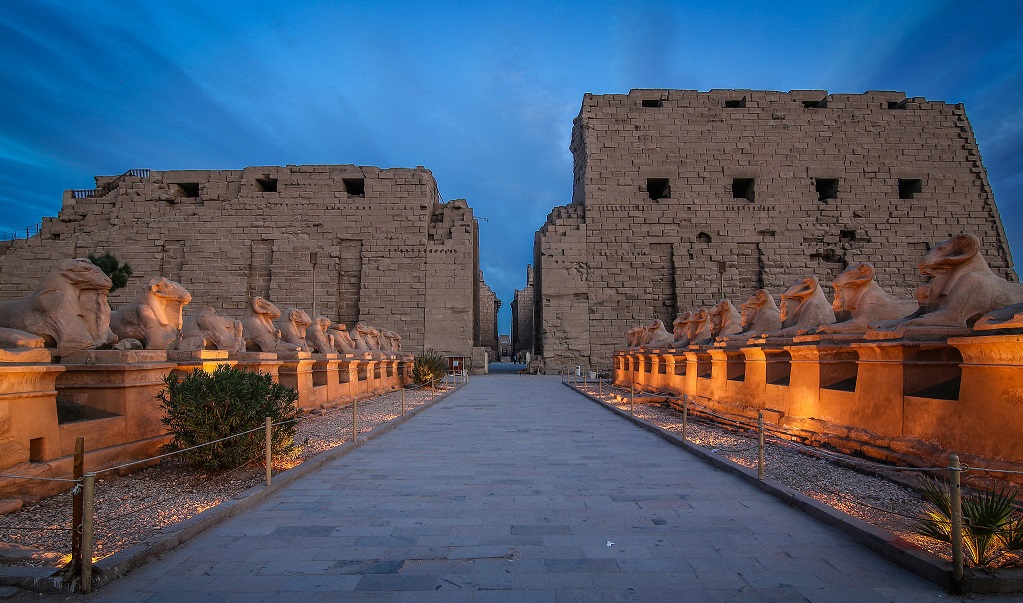
The Unfinished Obelisk
-It is an ancient Egyptian obelisk located in Aswan. This obelisk is famous for its large size, and if the unfinished obelisk had been completed, it would have been the largest obelisk ever built by the ancient Egyptians. However, its unfinished state has allowed scholars to gain some insights into how the ancient Egyptians produced their obelisks.
-The unfinished obelisk was discovered in the early 20th century after being covered by sand for thousands of years in one of Aswan's quarries, famous for its hardness and high quality. It is likely that the carving of this incomplete obelisk began on the orders of Queen Hatshepsut (circa 1473-1458 BC) to be erected in front of the Temple of Amun at Karnak, but work on the lying obelisk stopped after numerous cracks appeared in the stone. The unfinished obelisk is considered the tallest Egyptian obelisk of all time, reaching a height of 42 meters and weighing approximately 1168 tons if it had been completed and erected.
Nile River felucca trips
If you are looking for a unique and enjoyable tourist experience in Egypt, felucca trips on the Nile are one of the best possible options. These trips offer a range of advantages and features that make them an unforgettable experience. In this article, we will review some of these advantages of felucca trips on the Nile:
1. Immerse yourself in the beauty of nature: Felucca trips on the Nile take you on a stunning journey along the river, where you can enjoy enchanting views of the river and the breathtaking landscapes along its banks. It is a unique opportunity to relax and contemplate the beauty of nature.
2. A profound cultural experience: Felucca trips on the Nile offer a unique opportunity to discover Egypt's cultural heritage. Visitors can explore cultural landmarks such as ancient temples, museums, and historical cities along the Nile. This means you will not only discover the beauty of nature but also the history and culture of this magnificent country.
3. Calm and Relaxation: The felucca permits one to relax and enjoy peaceful moments away from the stresses and noise of city life. The calmness of the Nile is one to behold; you will truly appreciate the tranquility around you while onboard.
4. Interaction with Local Communities: The felucca journey affords you an opportunity to interact with the local communities along the banks of the Nile. You could spend some time visiting Nubian villages to learn about their life and daily experiences.
5. Tasting Experience of Egyptian Cuisines: Egyptian foods have to be sampled; otherwise, your felucca excursion will not be complete. Tourists can feast on traditional Egyptian fare and appreciate flavors unique to a land with such a rich heritage.
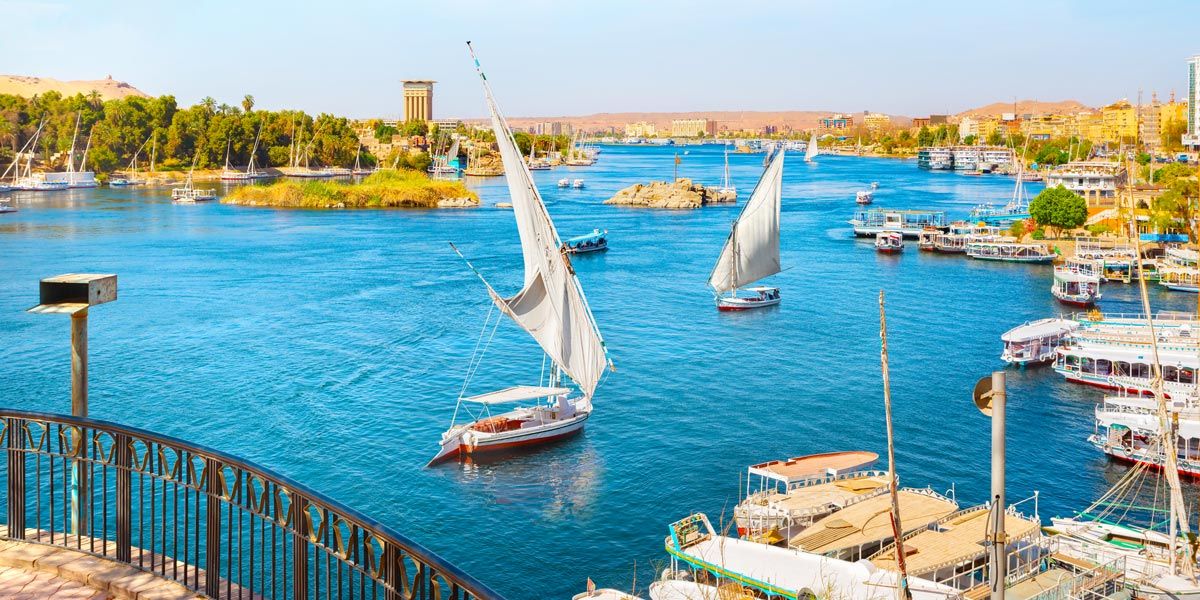
Secrets of Nubia
Dozens of aged souls in the remote Nubian villages in southern Egypt have been clutching a single refrain for the past few decades. They want to go back to their old homes, where fields of adolescence and childhood were drowned in the Nile's waters since the early 20th century. Today only a thin veneer of memories, scratched with furrows of nostalgia, makes it an arduous feat to forget.
-From these horrid memories, about forty-odd new Nubian villages have sprung up along the shores of the High Dam Lake, forming a great picturesque painting with their unique Nubian architecture and colors. Thousands of tourists visit these villages every winter to spend a couple of days in the warmth of their gracious inhabitants, since most of these houses have morphed into commercial eco-tourism ventures.
-Where it offers the tourist to genuinely experience life in various regions, which still possess their intrinsic natural and cultural heritage, and the tourist spends his time assisting in the daily life of the communities of these sites.
The best of the attractive villages that tourists visit:
The new Nubian villages south of Philae Island are among the most toured by tourists of all nationalities. They are distinguished by wonderful constructions and architectural harmony that express the ancient Nubian architecture elements, such as the colorful houses distinguished by mud bricks mixed with palm fronds and trunks that used to be the basic constituents for building houses in the village for centuries; hence, there are very few, a number of less than ten thousand.
Nubian Museum
The Nubian Museum at Aswan in Egypt was established by UNESCO in Egypt to present artifacts from ancient Nubian civilization alongside some historical descriptions concerning Nubia from prehistoric times until the present day, encompassing an overview of the most significant Nubian customs and traditions and the ancient Nubian language.
The museum opened in 1997 after being constructed by the United Nations Educational, Scientific and Cultural Organization (UNESCO) as a part of its campaign between 1960 and 1980 to salvage Egyptian antiquities in preparation for the construction of the Aswan High Dam.
Abu Simbel Temple
Abu Simbel is an archaeological site located on the western bank of Lake Nasser, about 290 km southwest of Aswan. It is one of the "Nubian Monuments" listed on the UNESCO World Heritage Sites list, which extends from the direction of the river flow from Abu Simbel to Philae (near Aswan).
The twin temples were originally carved from mountains at the time of the reign of King Ramses II in the 13th century BC as a permanent shrine for himself and Queen Nefertari to commemorate his victory in the Battle of Kadesh. The entire complex was relocated to another site during the construction of an artificial hill made out of a dome structure above the reservoir of the High Dam in Aswan in 1960.
It was necessary to move the temples in order to prevent their being drowned during the formation of Lake Nasser, which is, in fact, the huge artificial lake created behind the High Dam in Aswan on the Nile River. Abu Simbel remains, therefore, one of the most fabulous tourist attractions in Egypt.
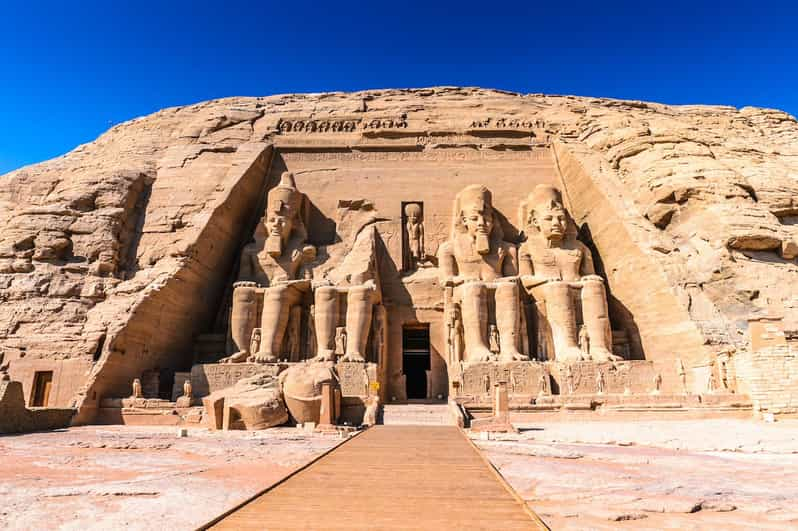
Sofitel Old Cataract Hotel: "Luxury and History"
-The Sofitel Old Cataract is a blend of luxury and history built in 1899, presenting the most spectacular views of all time on the Nile. This hotel is a center page in the Aswan travel guide since it monopolizes visitors within the realm of comfort and culture. It's got 220 rooms, 82 of which are fancy suites. So there is a little bit of something for everyone.
-Guests get special, complimentary tours of the Sir Winston Churchill and Agatha Christie Suites. The tour spotlights the very famous guests who had once resided at this hotel. There is also the special dining offered in five different venues, like The 1902 Restaurant and Oriental Kebabgy. Each space or venue will serve its unique food.
-It comes complete with a myriad of ways to have fun. There is a gym with cardio and weights and a spa coupled with treatments, flora, pools, and saunas. To make it gender-friendly, it also comes up with a turn-down service.
Access for Nile cruises on boats and feluccas. Historical tours led by the head butler, Ahmed. Luxury rooms up to 667 sq. ft. as well as economy options. Consistent access to happenings and sites around the area.
Capture that magic of Aswan at the Sofitel Old Cataract Hotel. A perfect location in this lovely part of Egypt Tour for a stay.
Other monuments to visit
There are a lot of wonderful places in Aswan, but probably nowhere so much in the way of hidden, precious gems that show you most of the place more than:
1. Kitchener's Island, and there are botanical gardens: It got thick with all kinds of greenery and plants. It makes a really nice place out in the desert.
2. The Nilometer on Elephantine Island: Once upon a time, it measured the water levels of the Nile and was instrumental in determining for the farmers when to seed.
Visiting these sites will help diversify your stay in Aswan. Each represents a portion of the beautiful and historical history of the region. Nature enthusiast or history buff, Aswan has something for everyone.
Markets in Aswan have no equal
Exciting, thrilling, and a great place to shop, where streets emit colored beauties, alive with vendors hawking their wares, so varied and made presents. Some of these are spices, textiles, crafts, and Nubian artifacts.
Each stall offers the chance to find something special. It reflects the rich culture of Aswan. Unique souvenirs can be found telling stories about the city. ask the vendors about their goods and cultures. Search through categories from jewelry to traditional clothing for unique treasures. Practice your bargaining; it is just part of the whole experience.
In Aswan, shopping goes beyond shopping; it is experiencing the essence of what is local. For sights, smells, and sounds, breathtaking.
Best time for tourism in Aswan
To visit Aswan and really enjoy it, you need to visit at the right time. It is all sunny and warm throughout the year. The best time to visit is October to May; this time it's not too hot.
During the winter, an avalanche of tourists visits the city. If one needs fewer people, it is though better to visit in late autumn or early spring, as you will see the beautiful area uninfluenced by great numbers of tourists.
The summer season, particularly between June and September, is extremely hot. It is hardly possible to enjoy the open air at this time. But probably you may find fewer people around.
-Winter (November to February): It is best for sightseeing with moderate temperatures.
-Shoulder Seasons (October and March to May): A balance between pleasant weather and manageable crowds.
-Summer (June to September): Very hot; better for travelers who do not mind high temperatures and prefer solitude.
Plan well to enjoy your Aswan Tour. Knowing the right time for a visit to Aswan helps one discover its wonders and culture completely.
Aswan is that special place that encompasses a history, culture, and beauty; it is part of your trip into Egypt. Here, you can visit ancient temples like Philae and the Unfinished Obelisk and enjoy the lively culture of Nubian villages. A great memory is waiting for you in Aswan!
Booking with Egypt Trips makes your visit to Aswan even better because you experience actual things and have the help of professionals. Discover the entire beauty and history of Aswan and make some memories for a lifetime.
